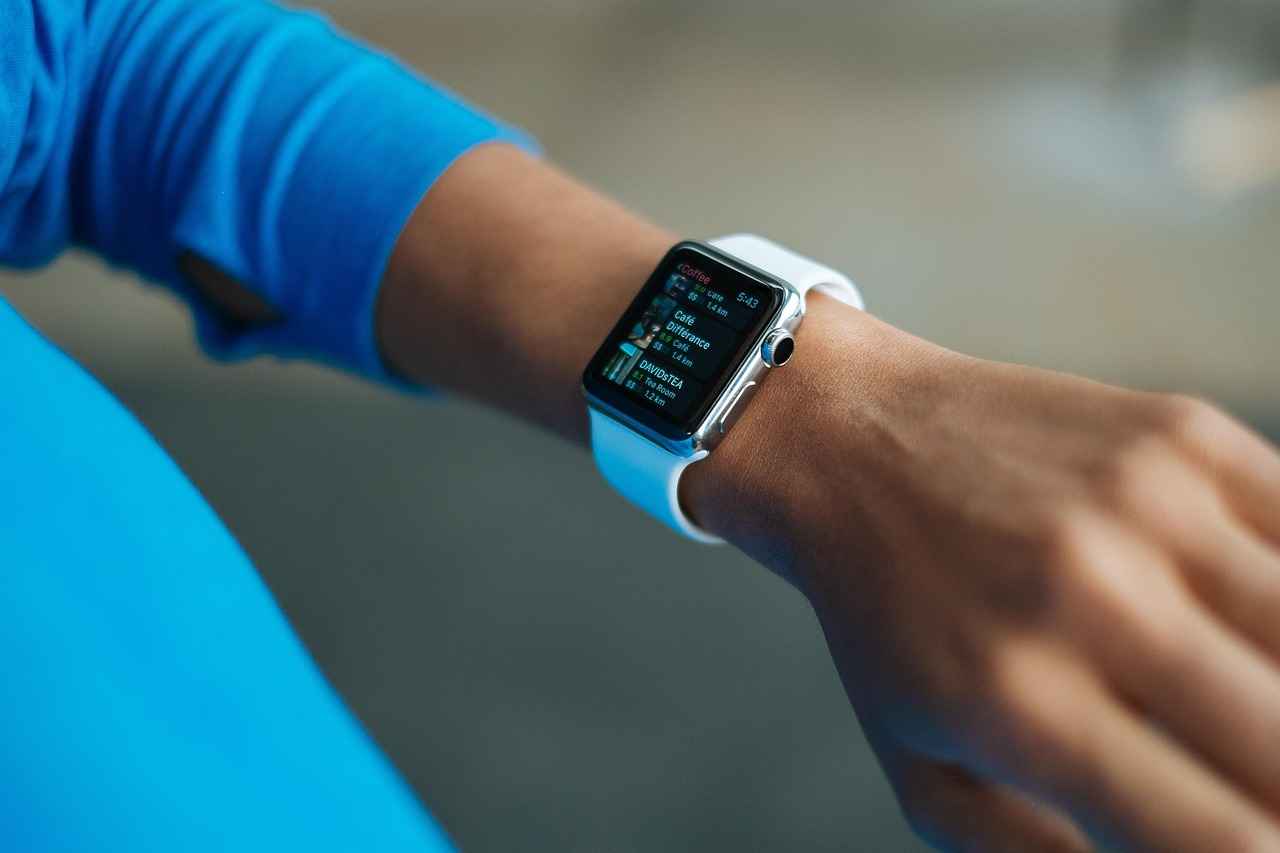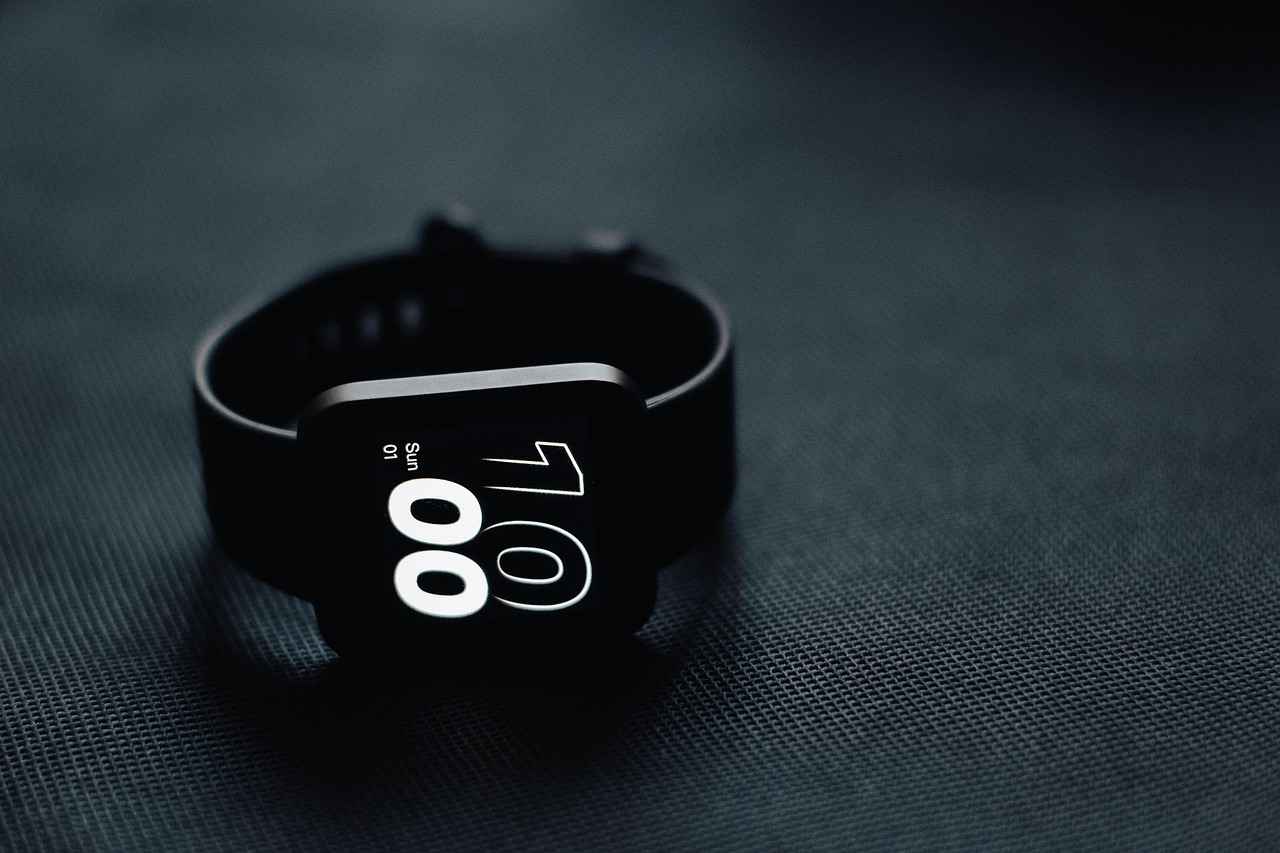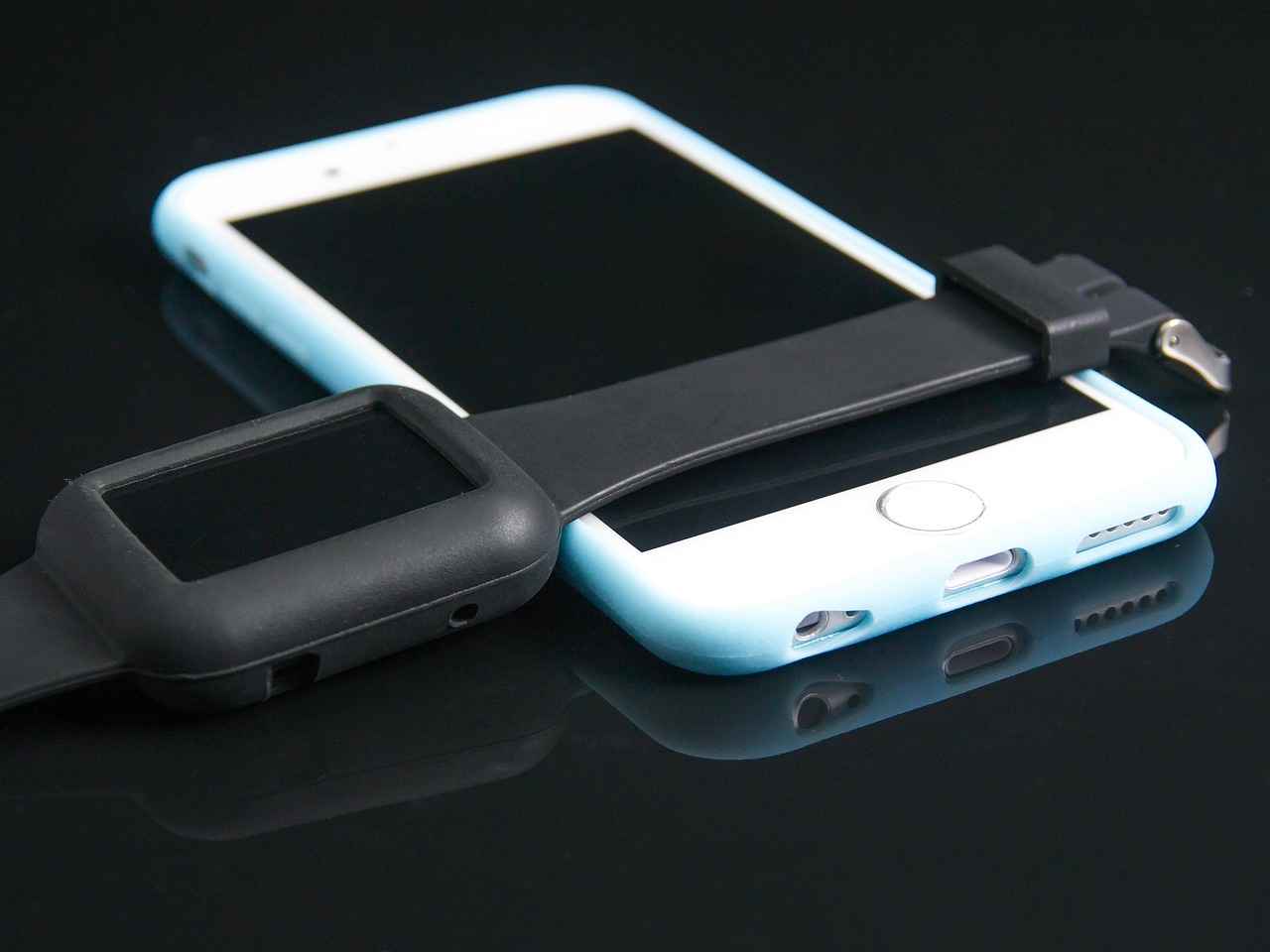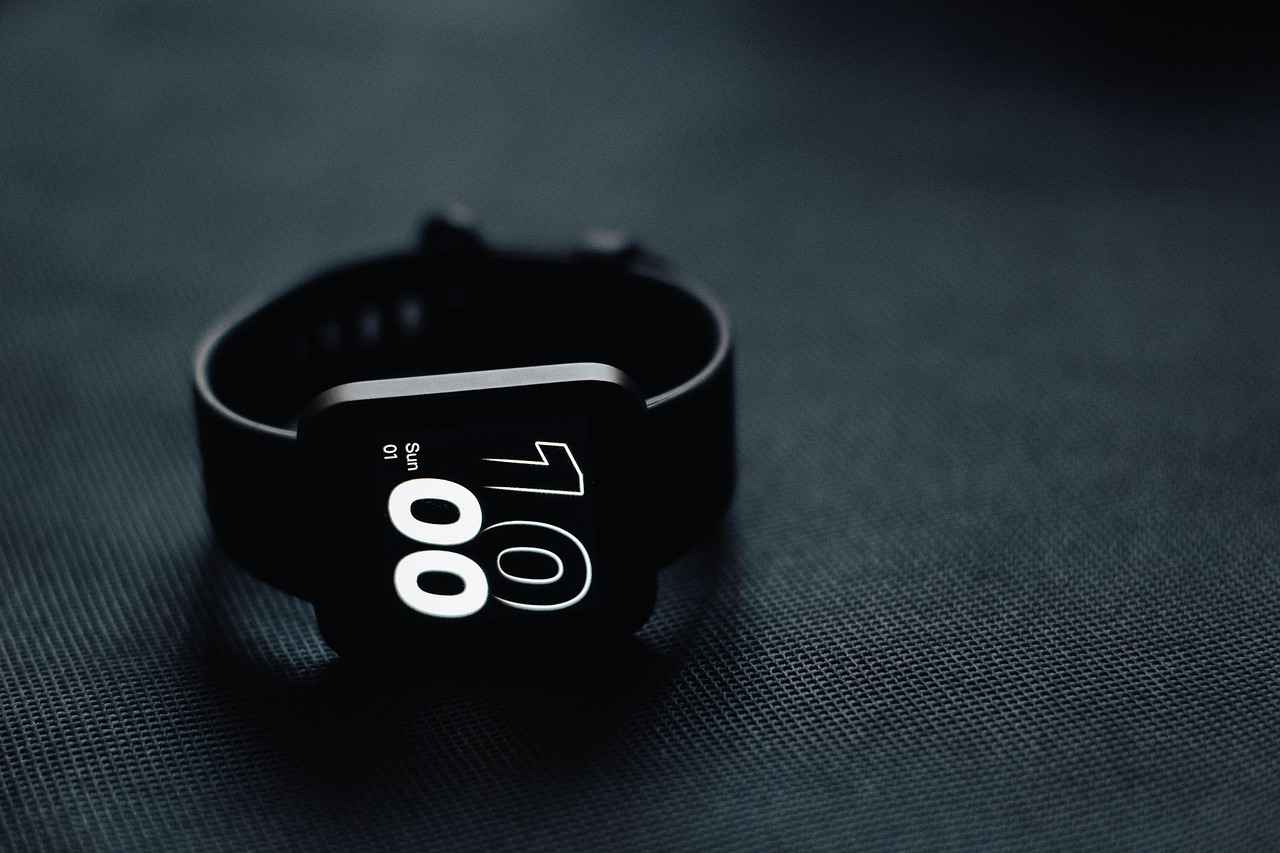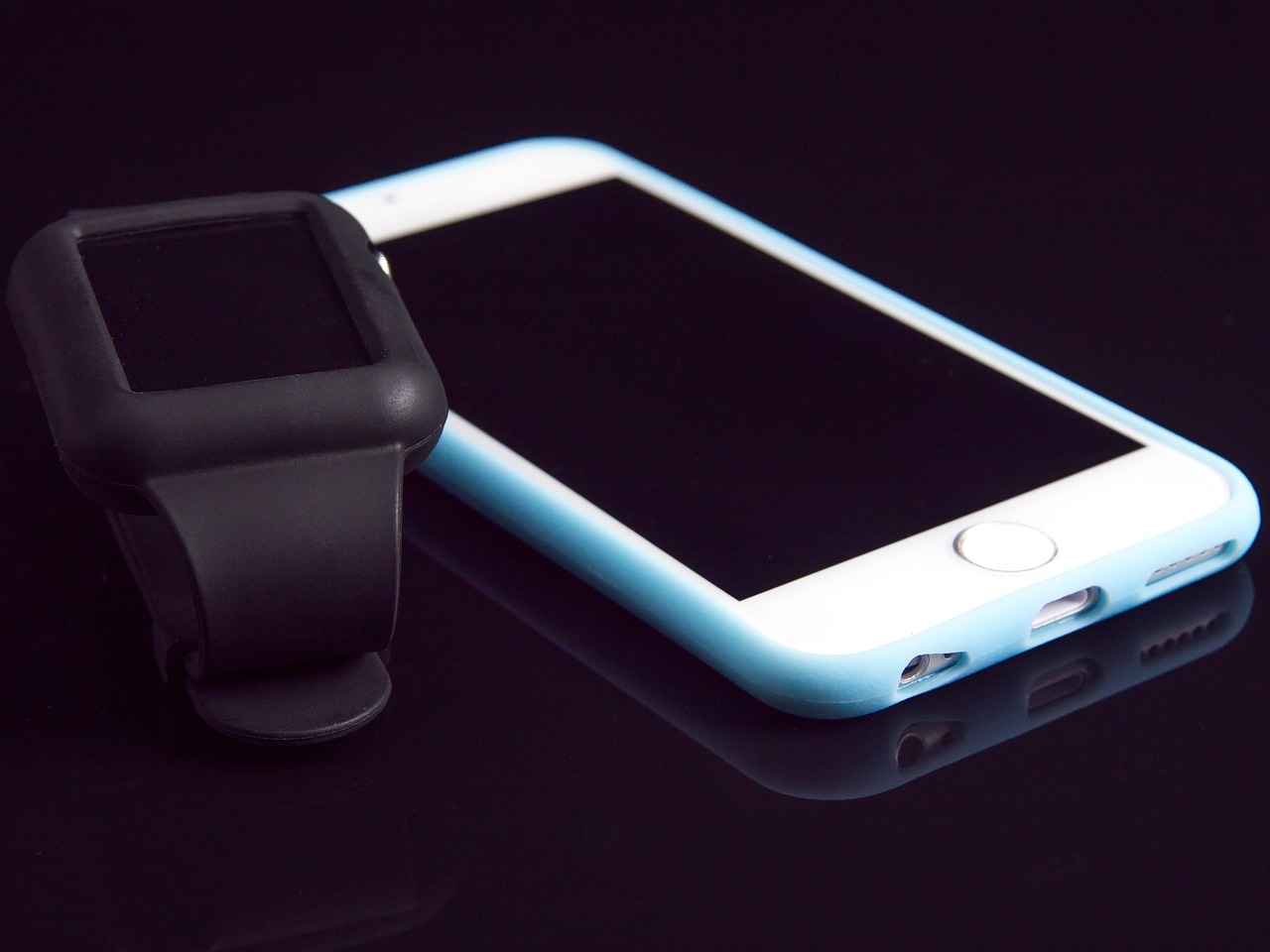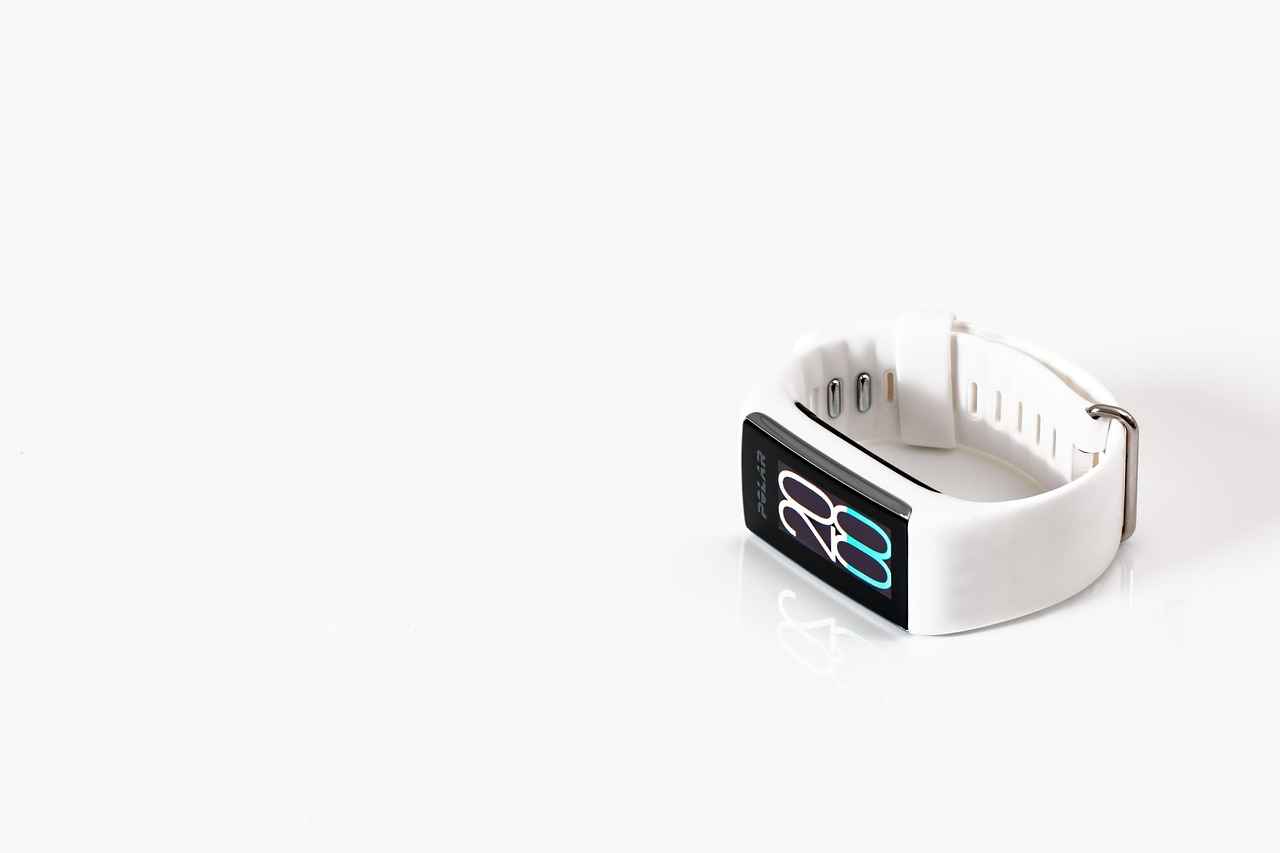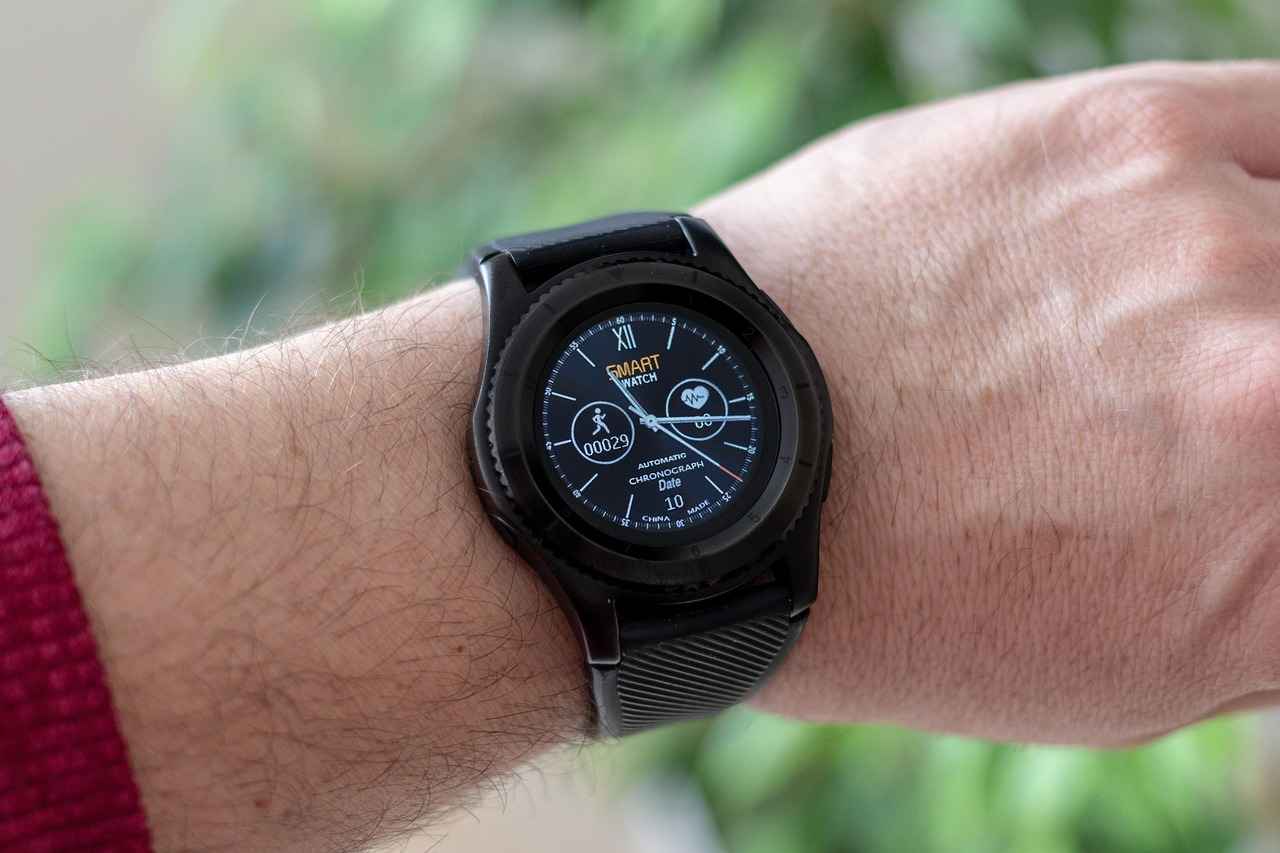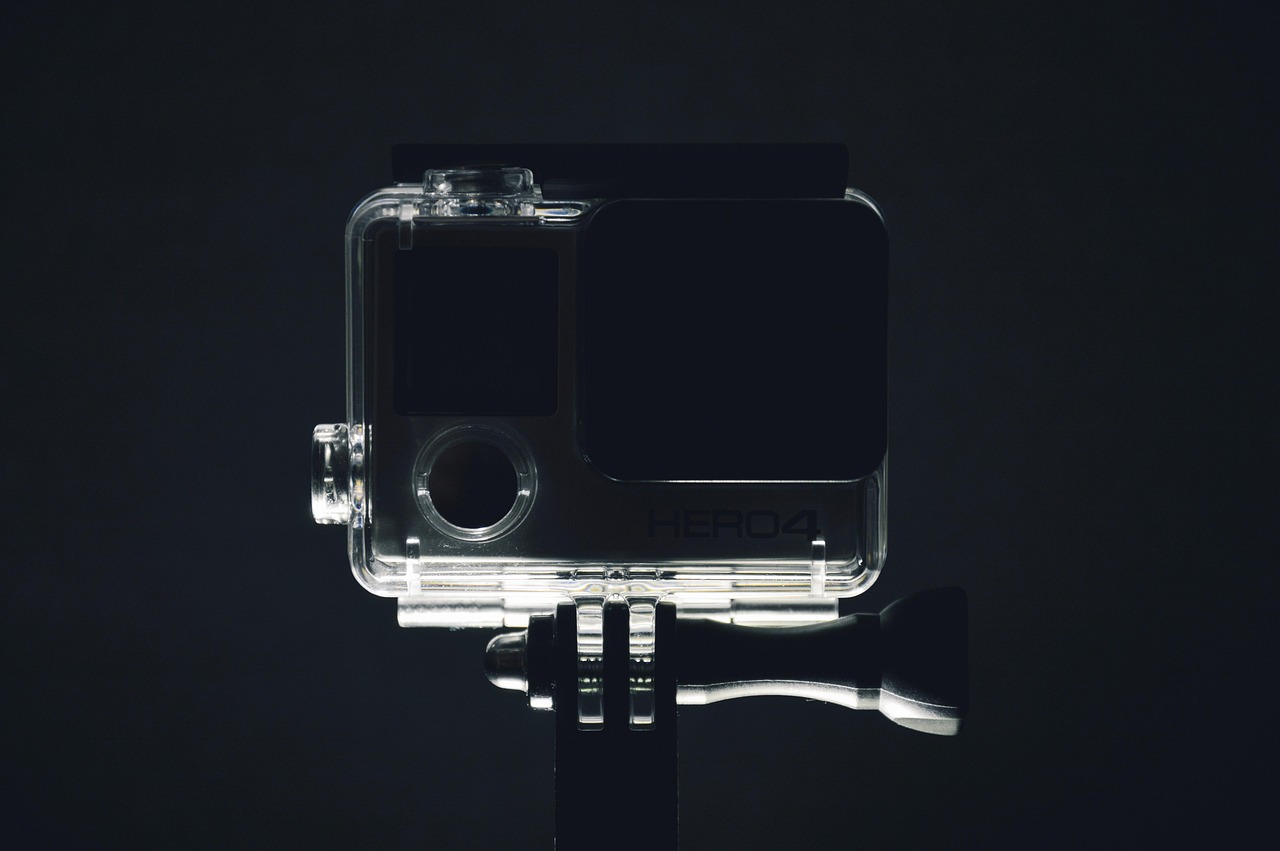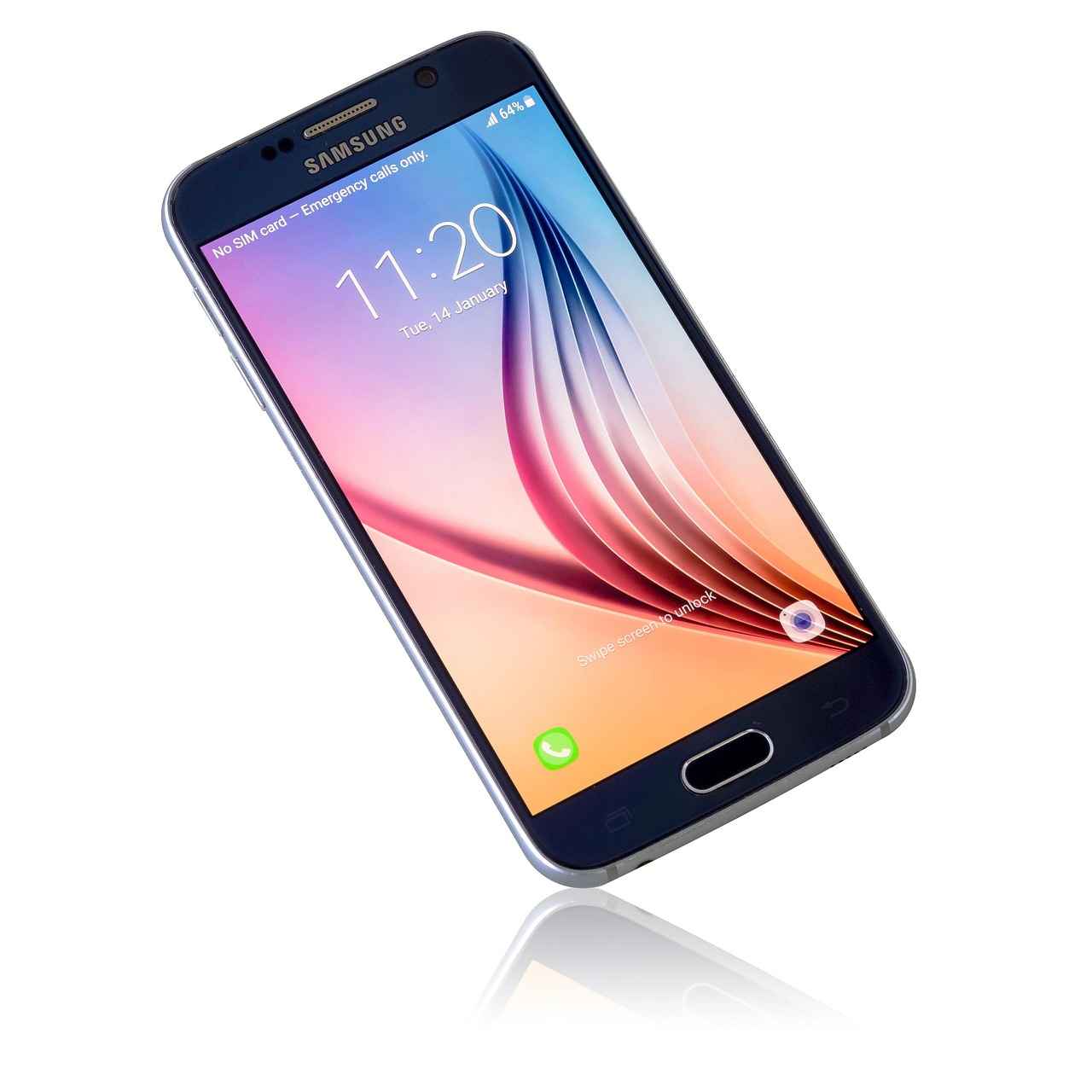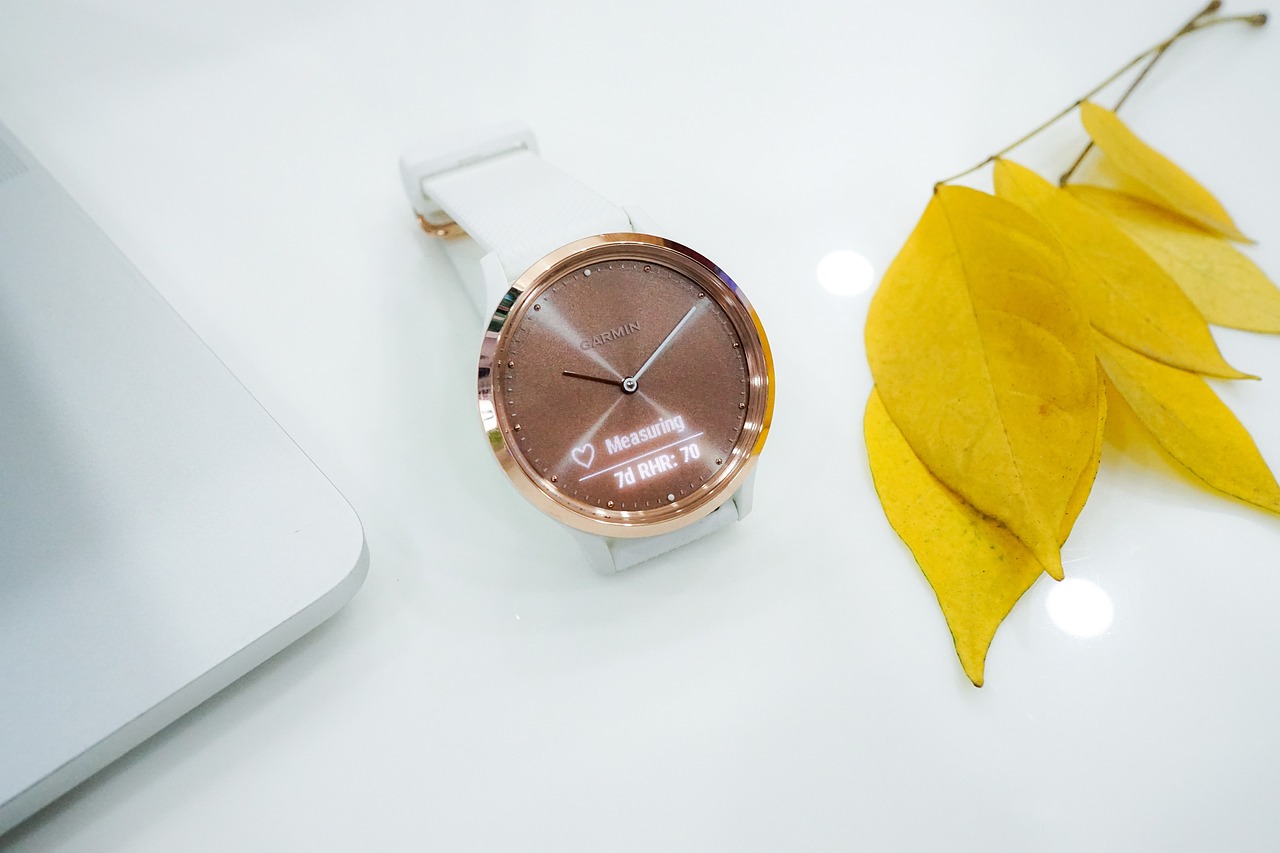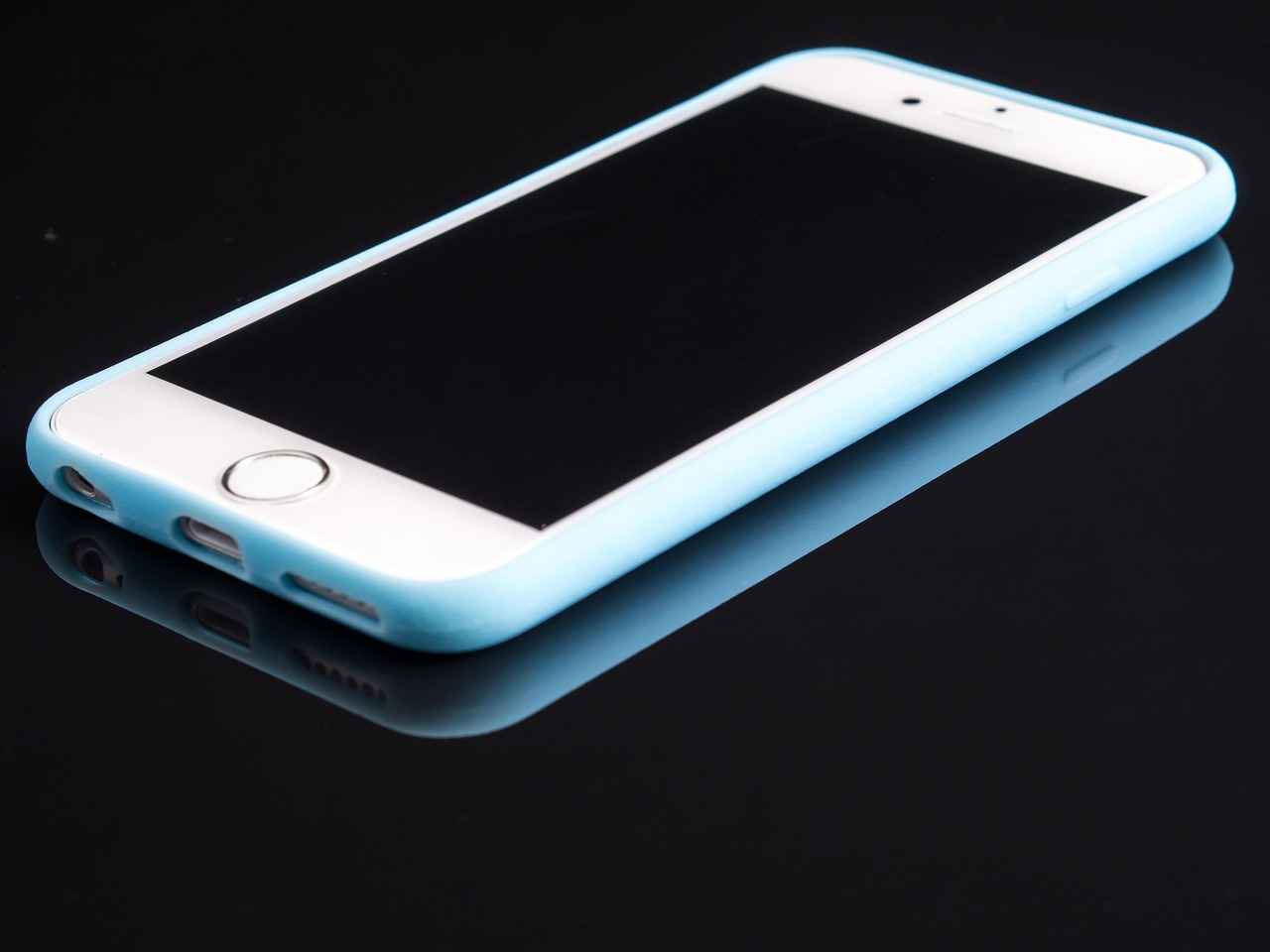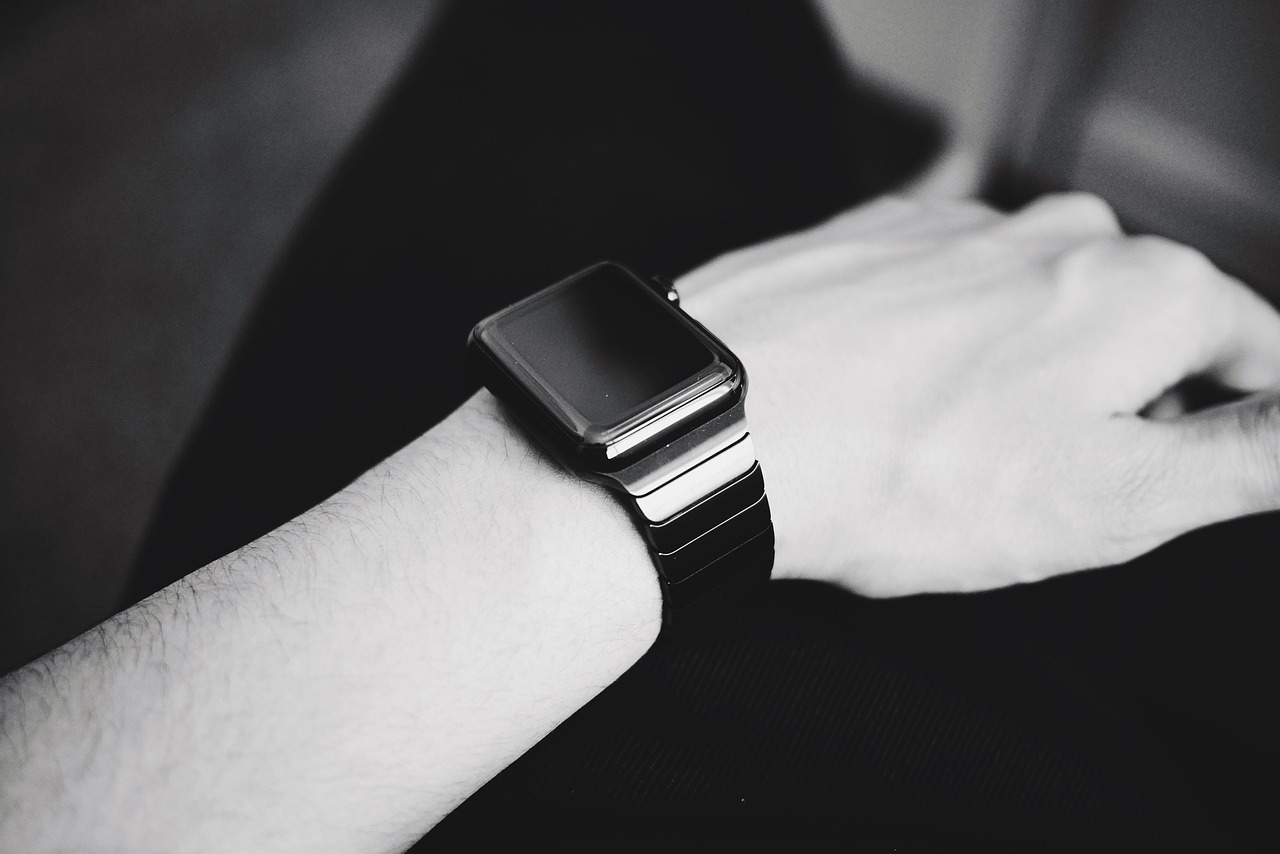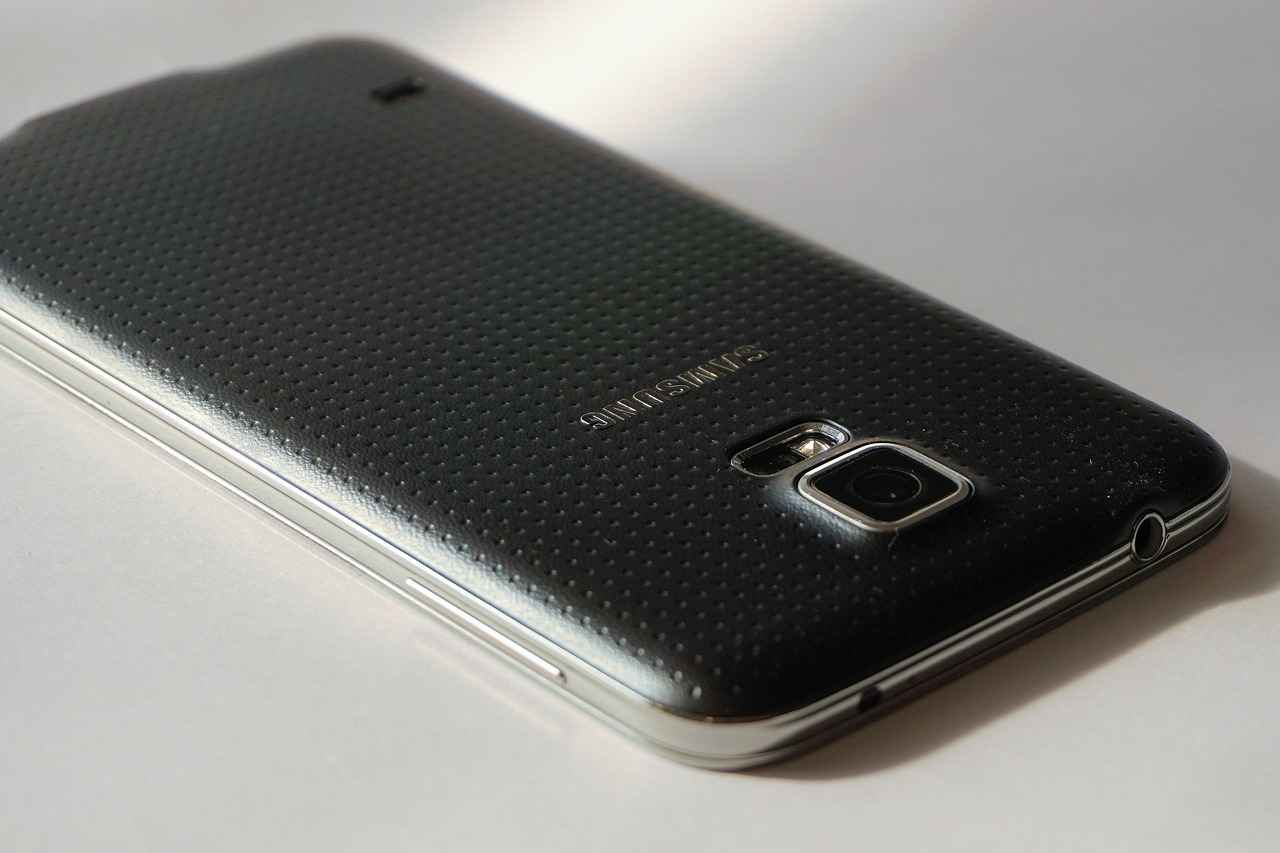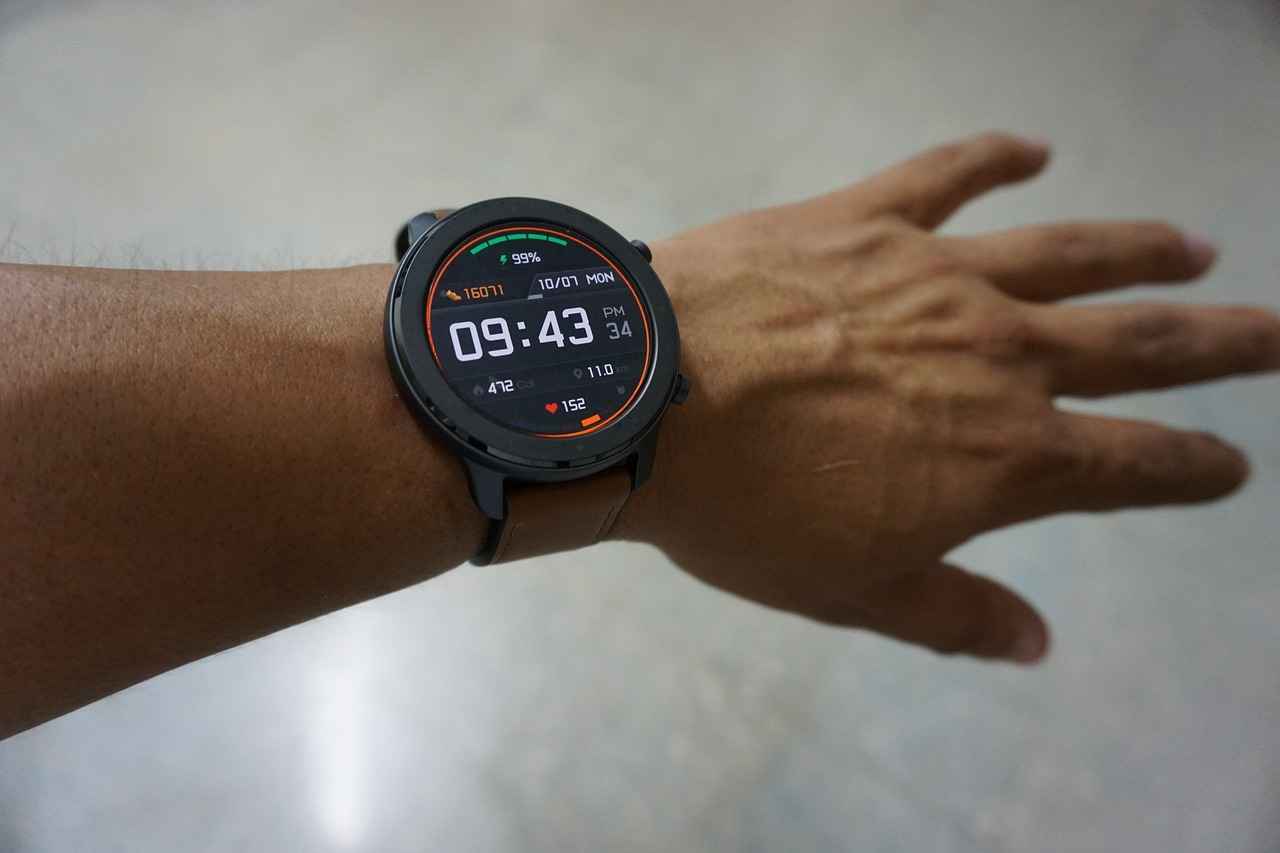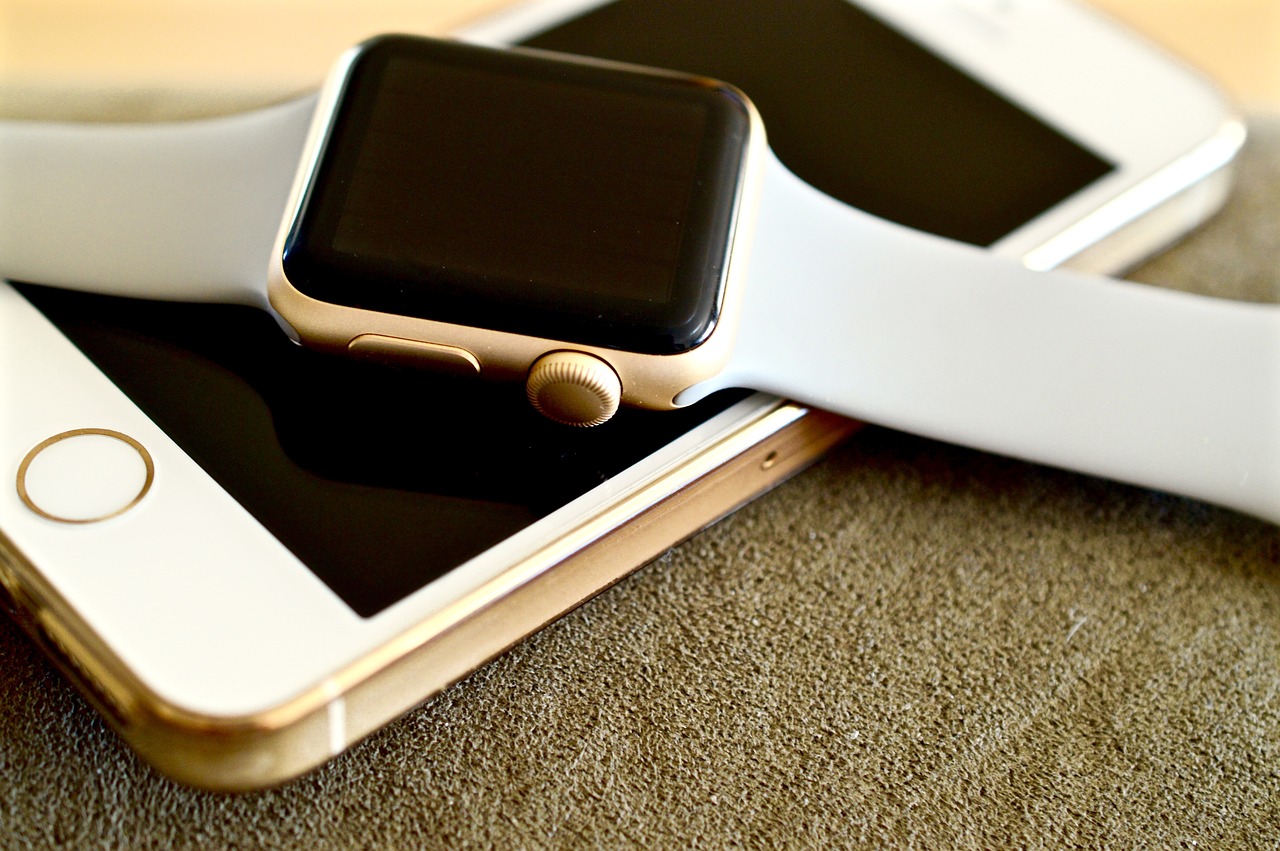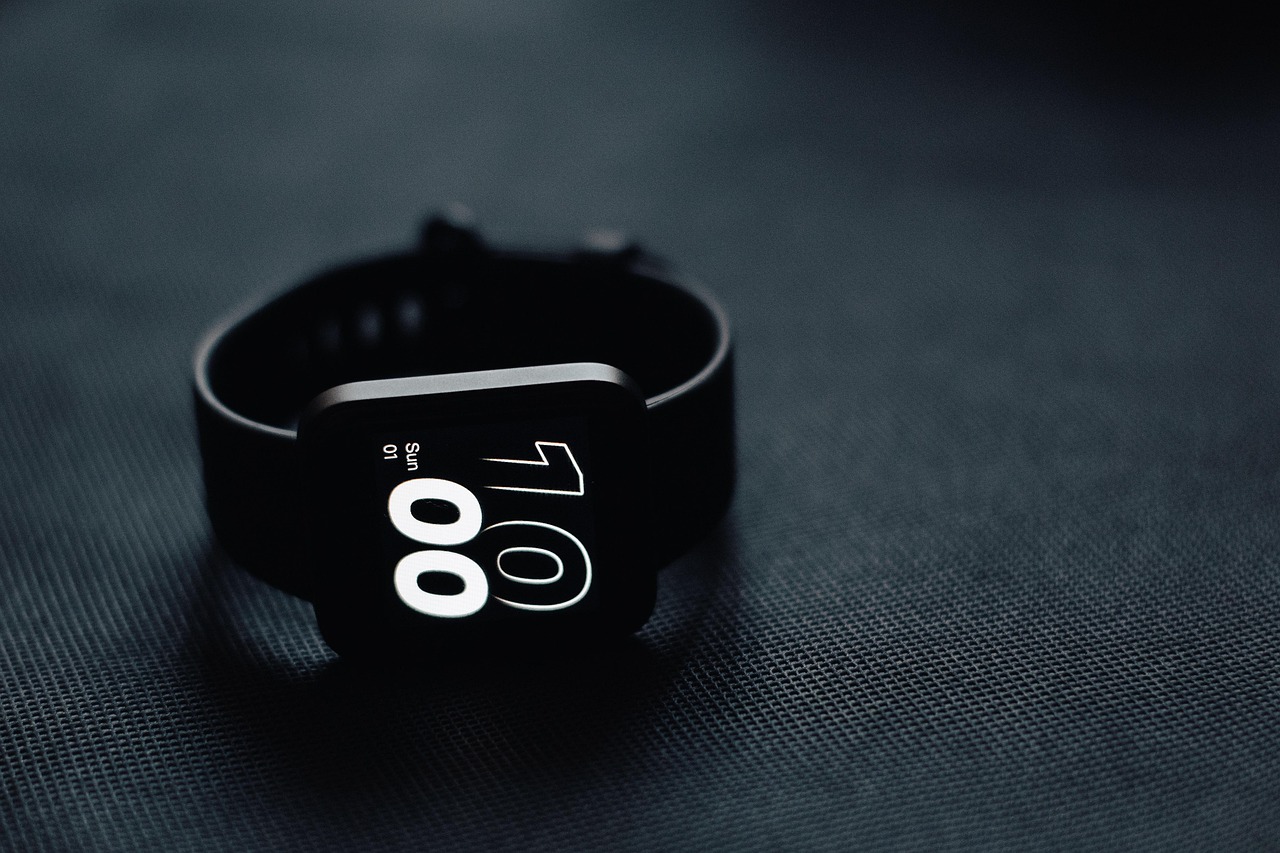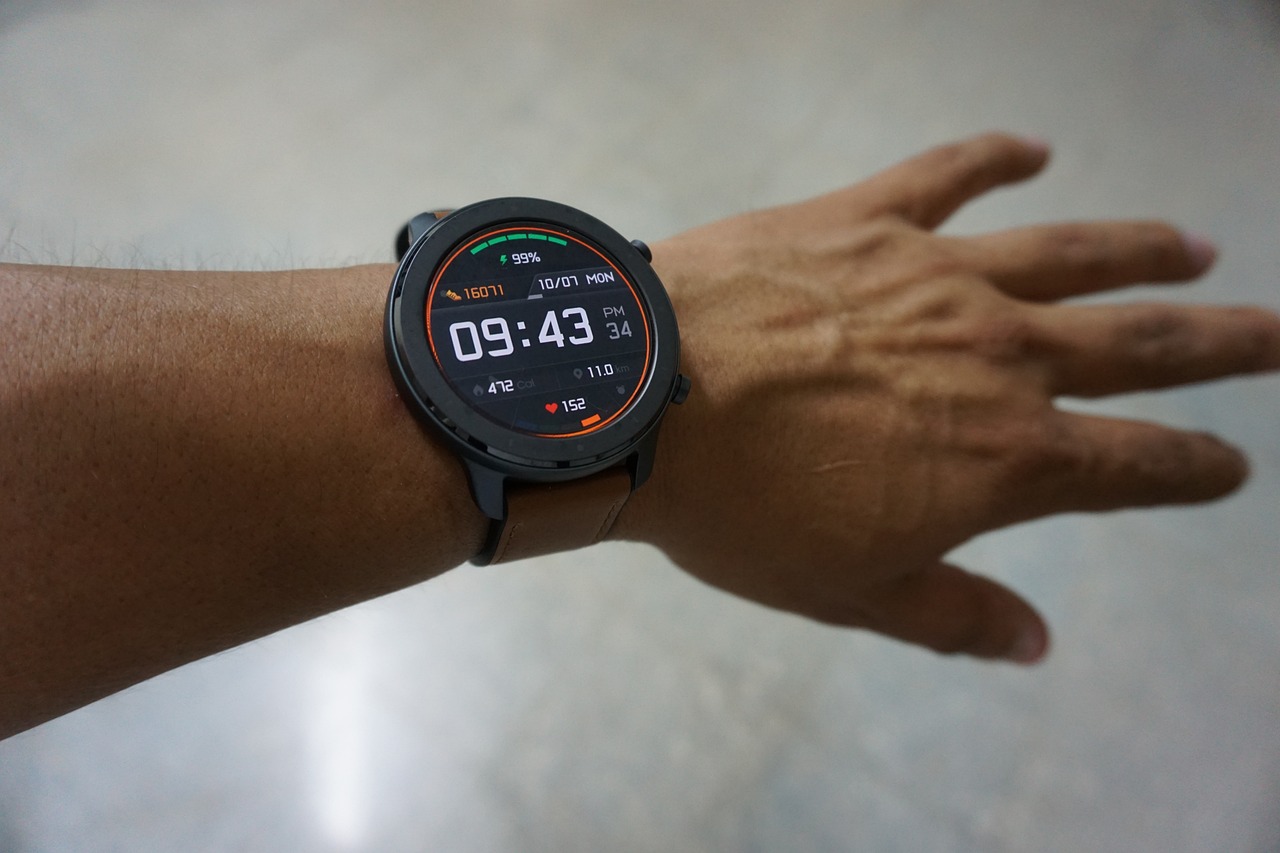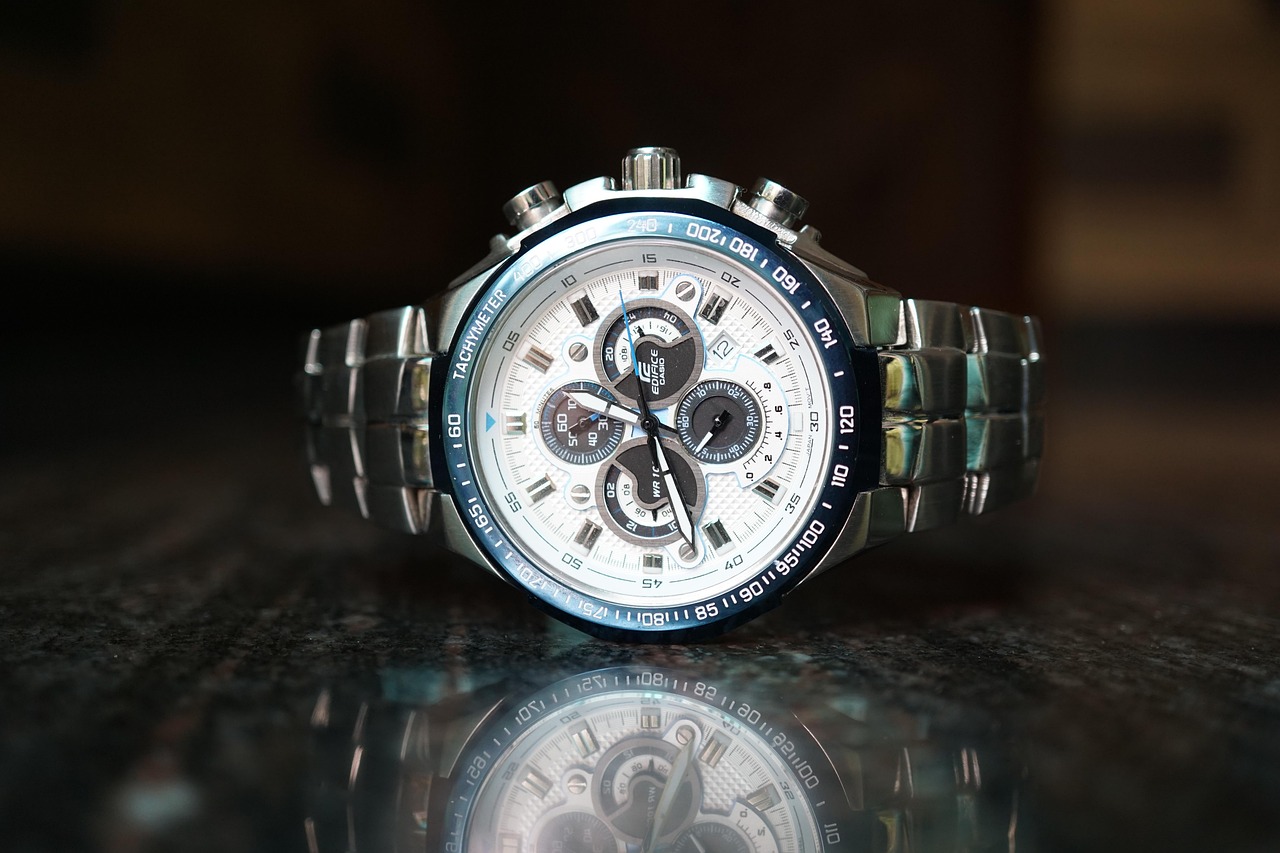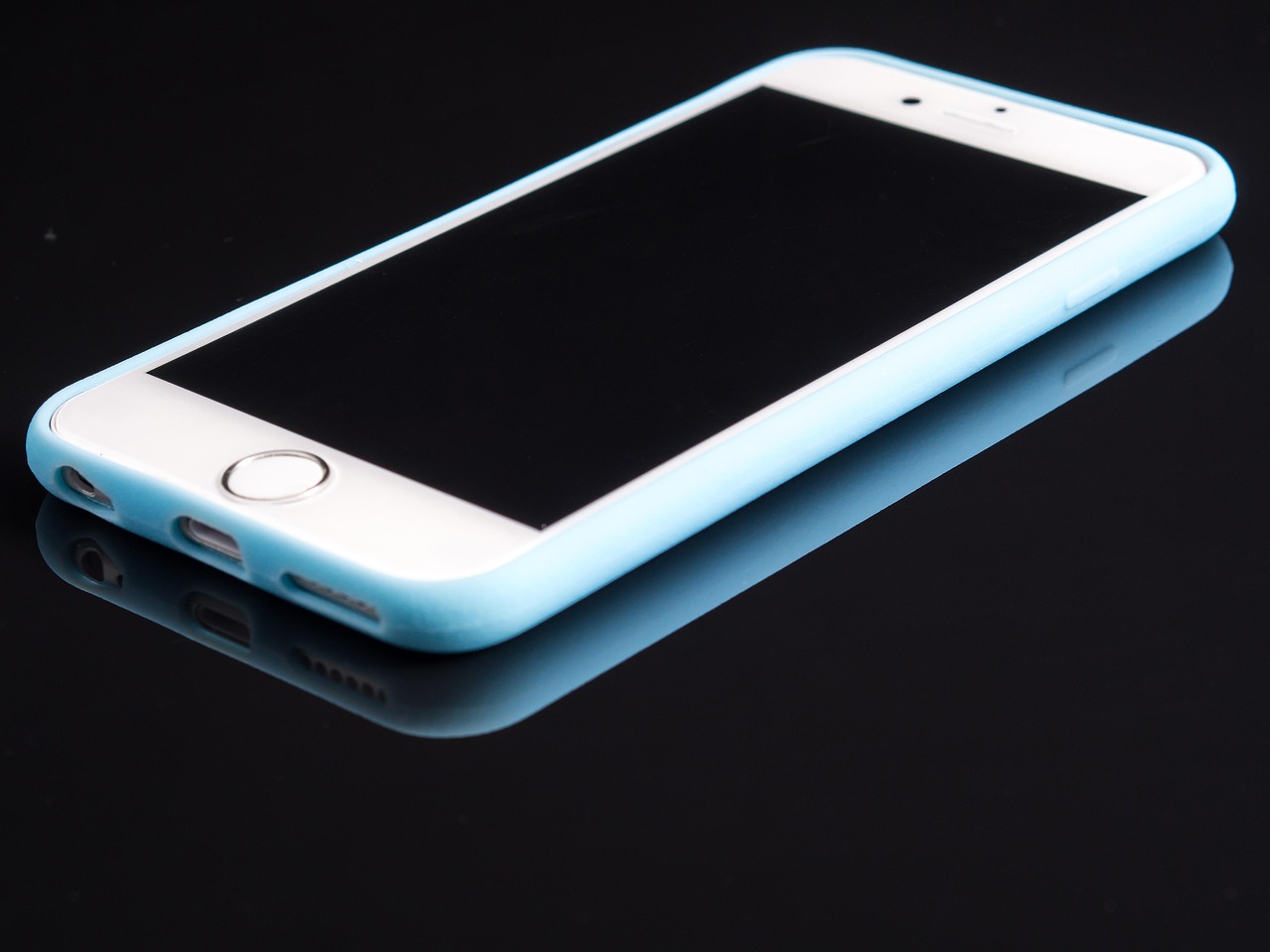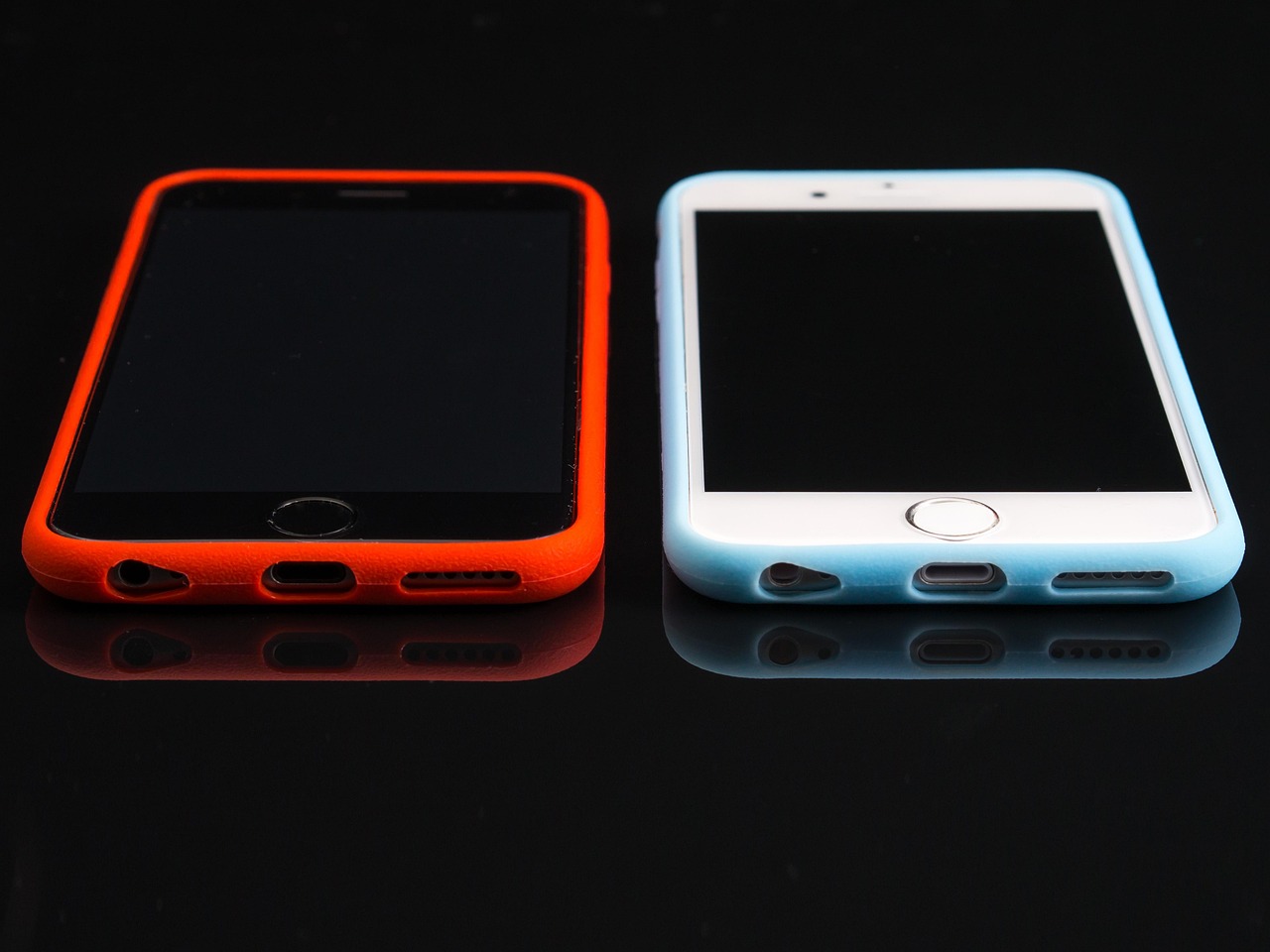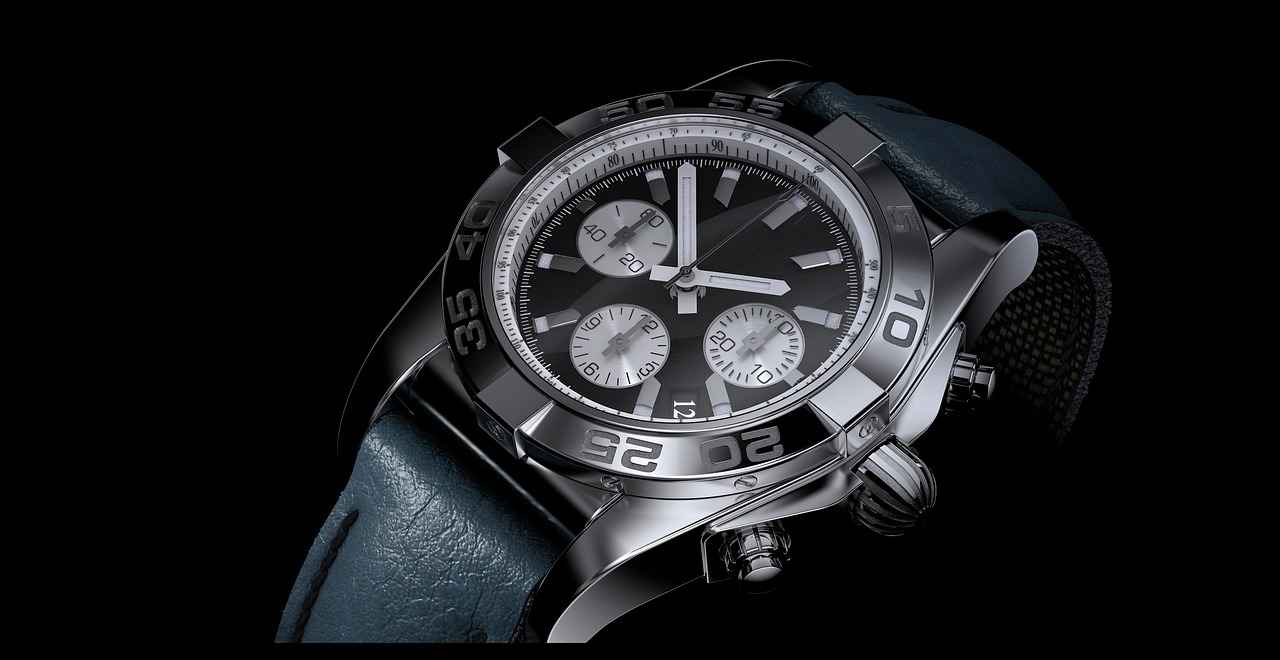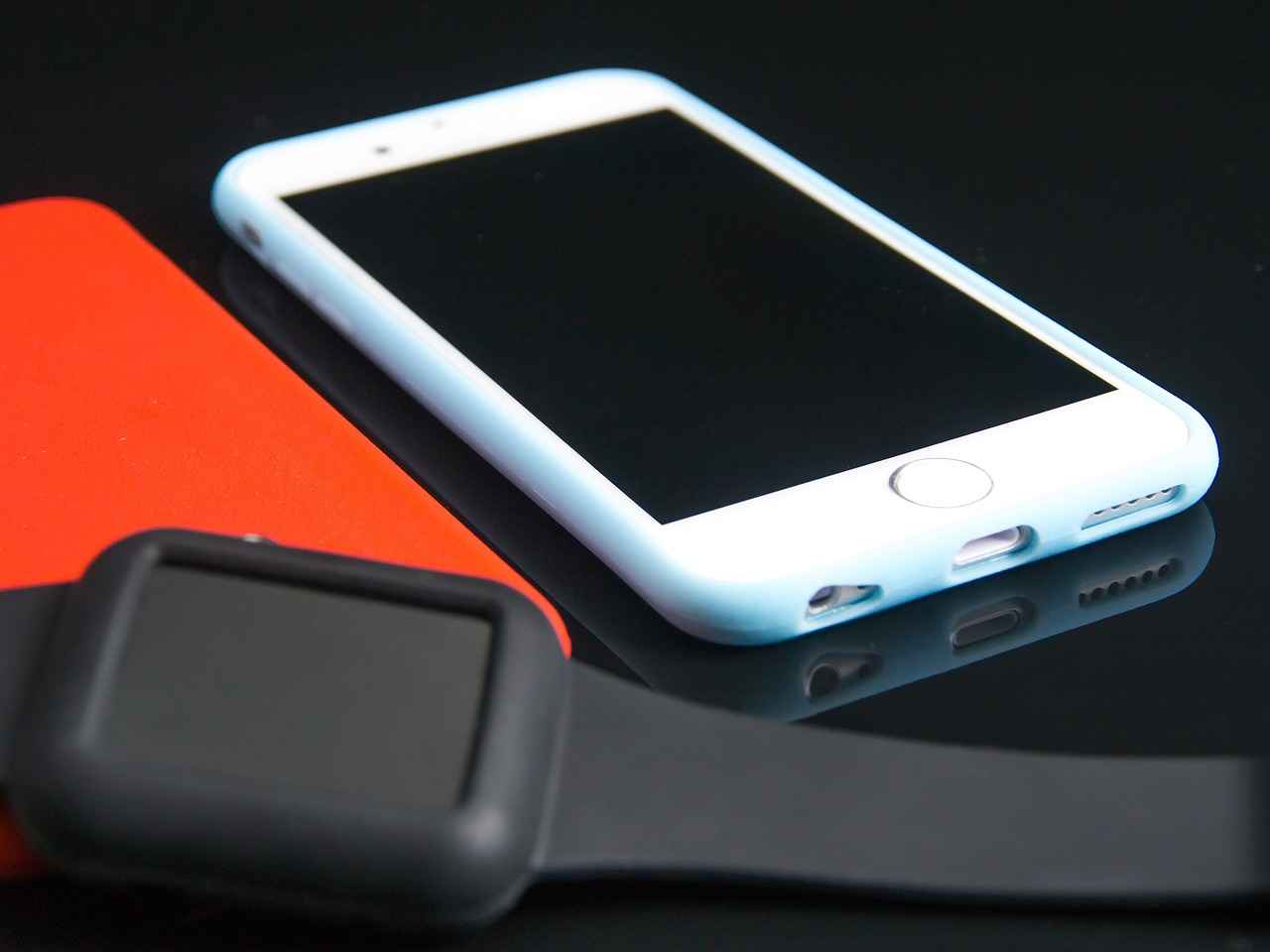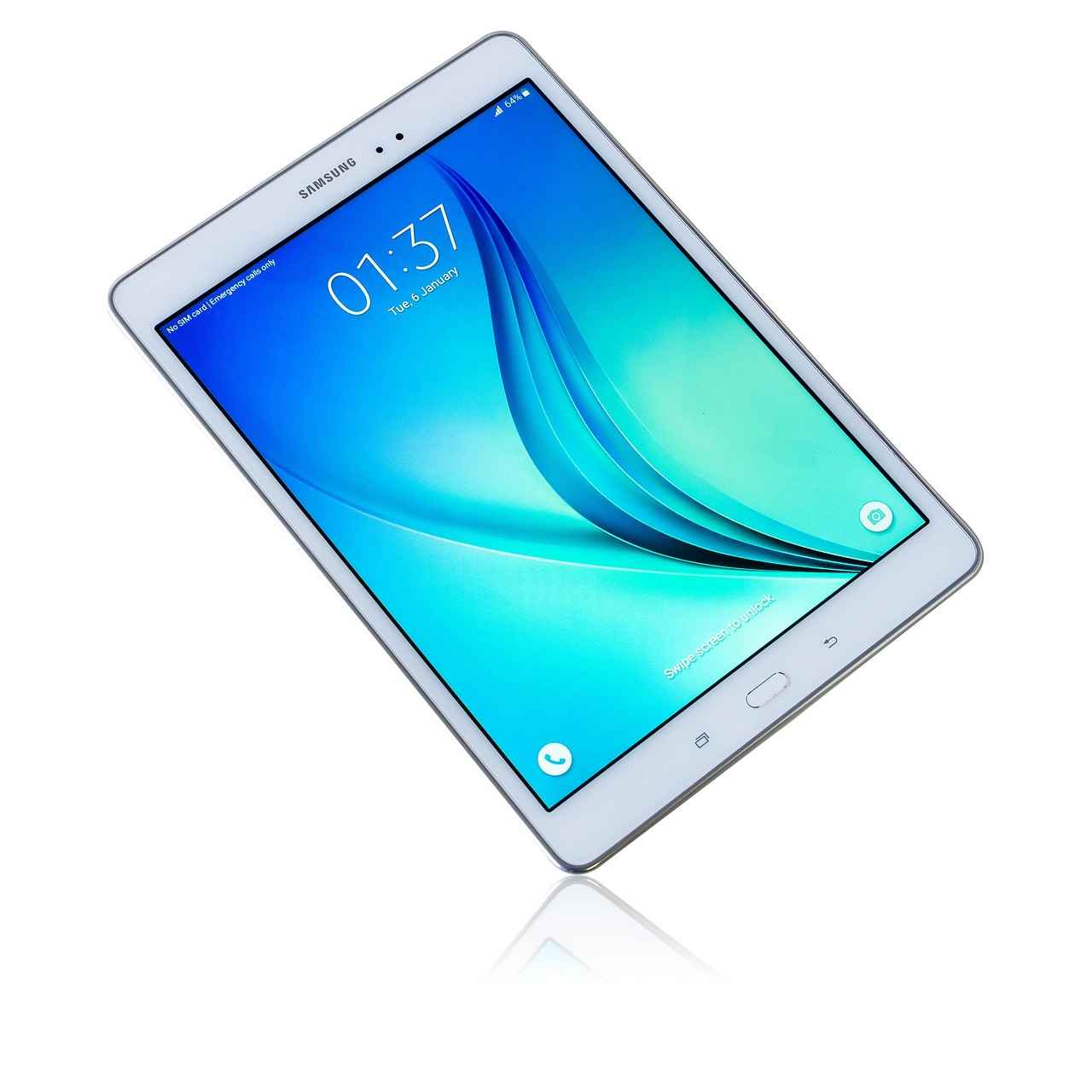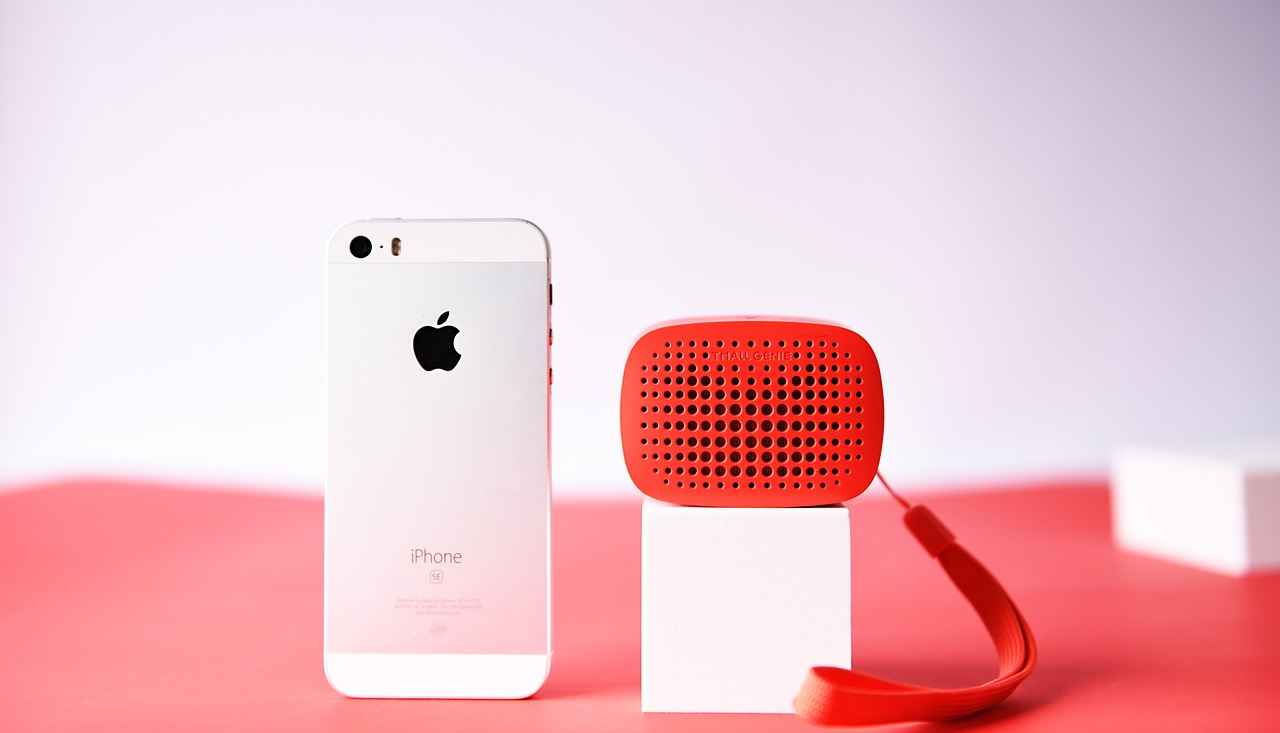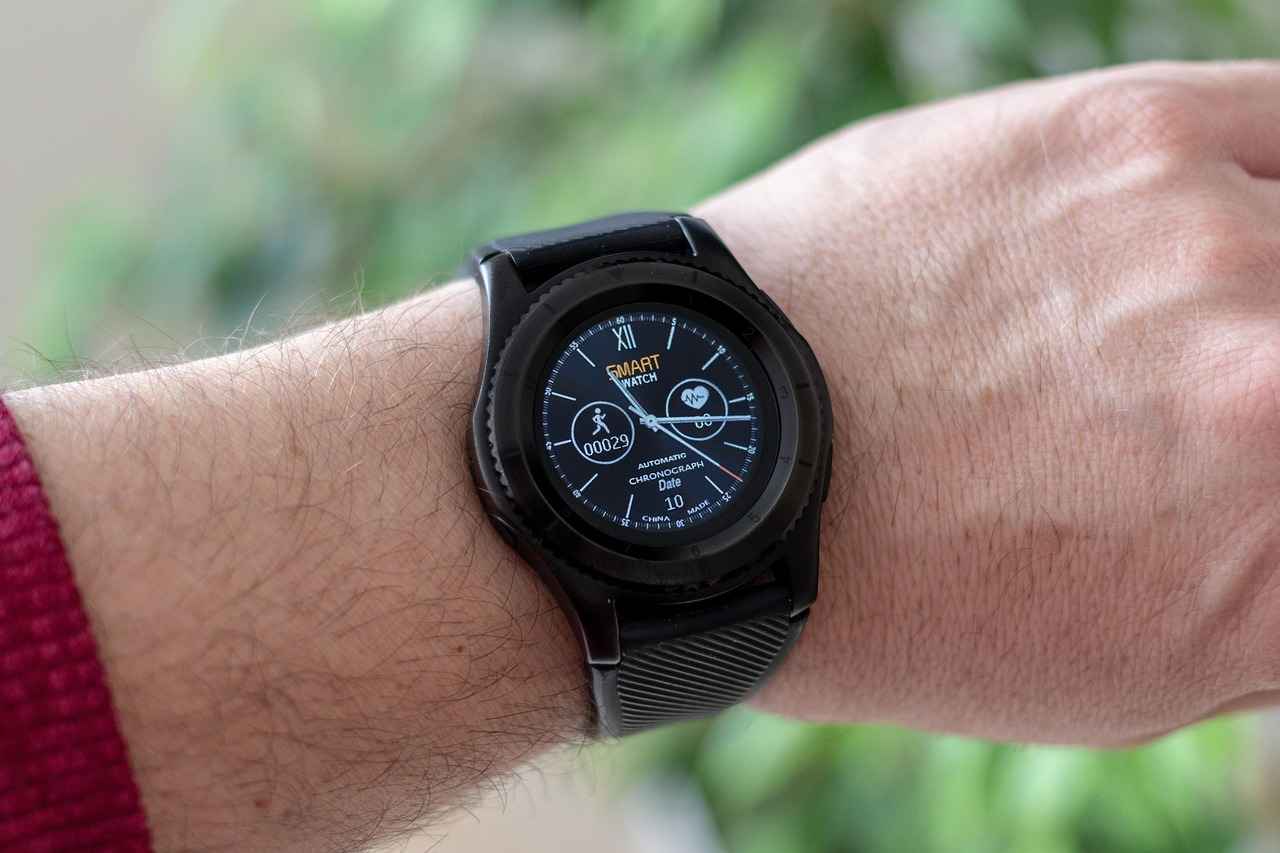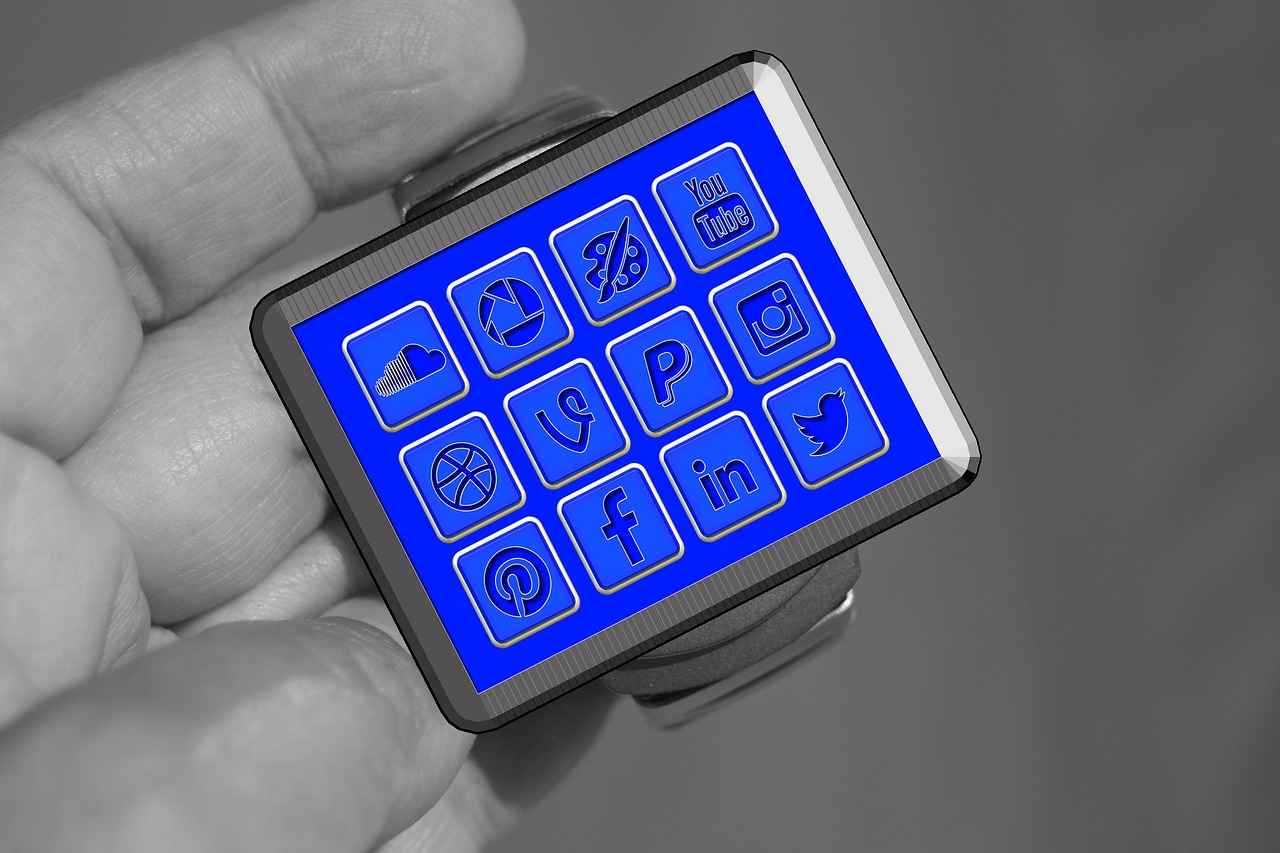This article delves into the leading smart watches of 2024, showcasing their innovative features, significant benefits, and real user experiences. Our goal is to assist you in selecting the ideal model that complements your lifestyle.
As the demand for smart watches continues to rise, understanding what to look for is crucial. Key features to consider include battery life, compatibility with smartphones, fitness tracking capabilities, and overall design. These elements can greatly influence your daily experience and satisfaction with the device.
For fitness enthusiasts, having a smart watch that specializes in fitness tracking is essential. We highlight top models that excel in this area, focusing on their accuracy and the range of features they offer. Some popular options include:
- Garmin Forerunner 255 – Renowned for its precise GPS and heart rate monitoring.
- Apple Watch Series 8 – Offers comprehensive health tracking and seamless integration with iOS.
- Fitbit Charge 5 – A budget-friendly option with excellent fitness metrics.
Effective heart rate monitoring is a critical component of fitness tracking. Different smart watches employ various technologies to measure heart rates, ensuring users receive accurate data. Understanding the difference between continuous and on-demand monitoring can significantly impact your workout effectiveness, with each method offering unique advantages.
GPS functionality is another vital feature for outdoor enthusiasts. The best smart watches provide reliable GPS accuracy and additional navigation features, enhancing the overall user experience. Models such as the Samsung Galaxy Watch 5 stand out for their exceptional navigation capabilities.
Not all smart watches are fitness-oriented; many excel in everyday functionality. Models like the Fossil Gen 6 are designed with versatility and style in mind, making them suitable for daily wear. Customization options allow users to express their individuality through design.
Battery life remains a crucial factor for potential buyers. Comparing the battery performance of top-rated models can help consumers identify which watches last the longest and meet their needs without frequent charging.
Integration with other devices enhances the smart watch experience. Popular models sync seamlessly with smartphones and various applications, providing users with a cohesive digital experience.
Customer reviews offer valuable insights into the performance of smart watches. By compiling user experiences, we highlight the strengths and weaknesses across different models, guiding potential buyers in their decision-making process.
Lastly, understanding price ranges is essential. Evaluating the cost of popular models against their features and performance helps consumers determine the best value for their investment. As the smart watch market evolves, staying informed about future trends, including AI integration and advanced health monitoring, will be crucial for making informed purchasing decisions.

What to Look for in a Smart Watch
When it comes to selecting a smart watch, understanding the essential features is crucial for making an informed decision. The market is flooded with options, and each model offers unique functionalities that cater to different needs. Here are some key factors to consider:
- Battery Life: One of the most vital aspects is the battery life of the smart watch. A longer battery life means less frequent charging, which is especially important for users who rely on their watch for fitness tracking or notifications throughout the day. Look for models that offer at least a few days of battery life on a single charge.
- Compatibility: Ensure that the smart watch is compatible with your smartphone’s operating system. Many smart watches work seamlessly with either iOS or Android, but some may have limited functionality depending on the device.
- Fitness Tracking Capabilities: If you are a fitness enthusiast, pay attention to the fitness tracking features. Look for watches that offer a variety of tracking options, such as heart rate monitoring, step counting, and GPS functionality. Some models even provide advanced metrics like VO2 max and recovery time.
- Design: The design and aesthetics of a smart watch can greatly influence your choice. Consider whether you prefer a sporty look or a more classic style. Additionally, customization options such as interchangeable bands and watch faces can enhance your personal style.
- Durability: Depending on your lifestyle, the durability of the watch may be a deciding factor. Look for features such as water resistance and scratch-resistant materials, especially if you plan to wear the watch during workouts or outdoor activities.
By carefully evaluating these essential features, you can choose a smart watch that not only meets your functional needs but also fits your personal style and enhances your daily life.
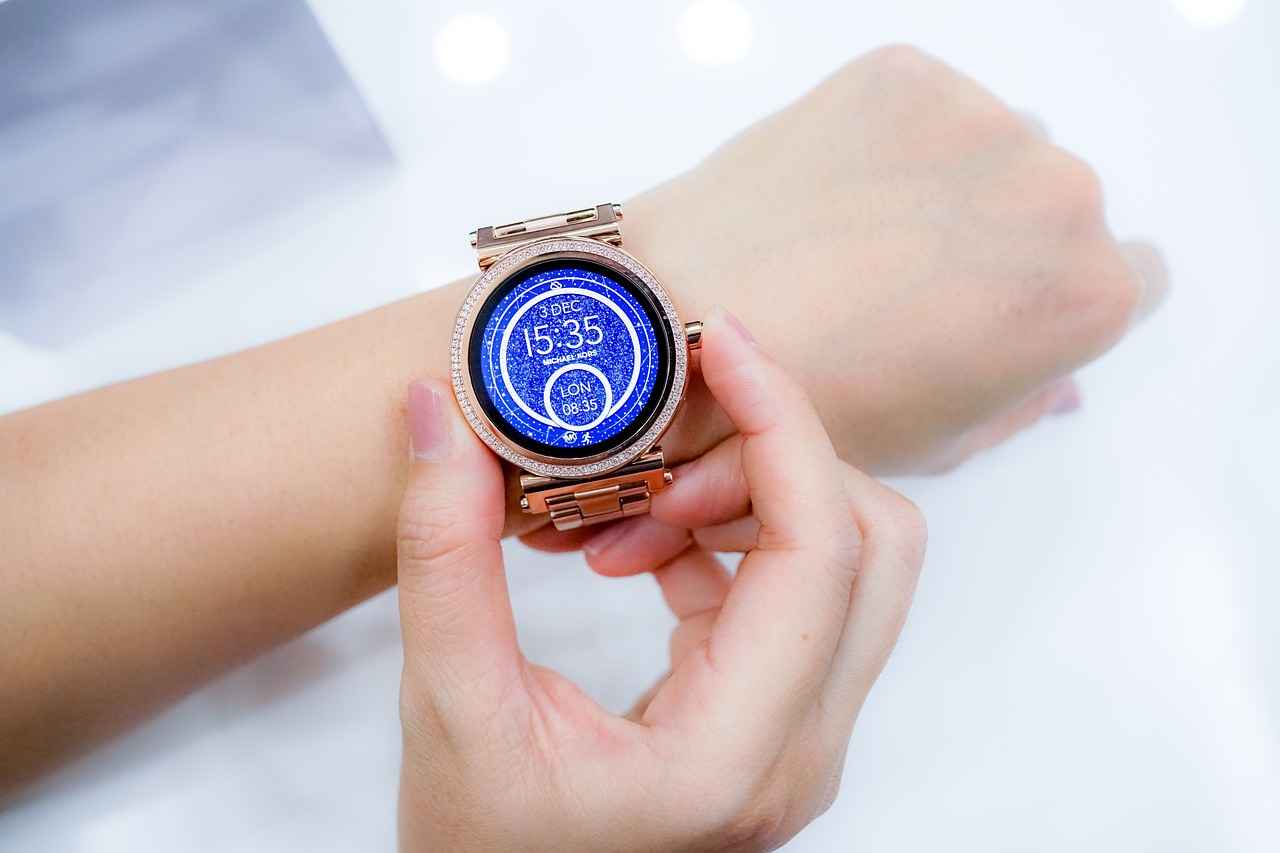
Best Smart Watches for Fitness Tracking
When it comes to maintaining an active lifestyle, fitness enthusiasts require smart watches that excel in tracking workouts and health metrics. The right device can provide invaluable insights into your performance, helping you achieve your fitness goals. In this section, we will review the top smart watches specifically designed for fitness aficionados, focusing on their accuracy, features, and user experiences.
One of the most critical aspects of a fitness smart watch is its ability to accurately track various health metrics. This includes not only heart rate monitoring but also calorie expenditure, step counting, and even advanced metrics like VO2 max for serious athletes. Some models utilize advanced sensors that allow for real-time data collection, providing users with timely feedback on their performance.
Additionally, many smart watches now incorporate features such as GPS tracking, which is essential for outdoor activities like running or cycling. This capability enables users to track their routes, distances, and speeds with precision. The integration of navigation features further enhances the outdoor experience, making it easier to explore new paths without the fear of getting lost.
- Heart Rate Monitoring: Continuous heart rate tracking helps users maintain optimal workout zones.
- Workout Modes: Different smart watches offer multiple workout modes tailored for various activities, from swimming to strength training.
- Water Resistance: Many fitness watches are designed to withstand water exposure, making them suitable for swimming and other water sports.
Moreover, user experience plays a vital role in the overall effectiveness of a smart watch. A well-designed interface that is easy to navigate can significantly enhance the usability of the device, allowing users to access their metrics quickly and efficiently. Additionally, customization options such as interchangeable bands and watch faces enable users to express their personal style while enjoying the practical benefits of their device.
In summary, selecting the right smart watch for fitness tracking involves considering various factors, including tracking accuracy, feature set, and user experience. With the right information, fitness enthusiasts can find a model that perfectly aligns with their health and performance goals.
Heart Rate Monitoring Features
When it comes to fitness tracking, effective heart rate monitoring plays a pivotal role in achieving your health goals. Smart watches have revolutionized how we monitor our heart rates, providing users with real-time data that is both accurate and actionable. In this section, we will delve into the various methods employed by smart watches to measure heart rates, as well as the underlying technology that ensures reliability.
Most smart watches utilize optical sensors to detect heart rate. These sensors shine a light through the skin and measure the amount of blood flow, allowing the device to calculate beats per minute. This technology has advanced significantly, with many models now offering multi-wavelength sensors that enhance accuracy, especially during intense workouts.
Another important aspect to consider is the difference between continuous and on-demand monitoring. Continuous monitoring provides a comprehensive overview of your heart rate throughout the day, which is essential for tracking trends and understanding your overall fitness level. On the other hand, on-demand monitoring allows users to check their heart rate at specific intervals, which can be useful for targeted workouts or recovery periods.
| Monitoring Type | Pros | Cons |
|---|---|---|
| Continuous Monitoring | Comprehensive data, trend tracking | Higher battery consumption |
| On-Demand Monitoring | Battery efficient, user-controlled | Less data for trend analysis |
Moreover, the latest smart watches are equipped with advanced sensors that can accurately monitor heart rates in various conditions, including during exercise or while at rest. These innovations help users to gain insights into their cardiovascular health, enabling more informed decisions regarding fitness and wellness.
With the continuous evolution of technology, heart rate monitoring features in smart watches are becoming more sophisticated, ensuring that users receive the most accurate data possible. This not only enhances the fitness tracking experience but also empowers individuals to take control of their health.
Continuous vs. On-Demand Monitoring
When it comes to heart rate monitoring, understanding the distinction between continuous and on-demand methods is essential for optimizing your workout effectiveness. Each approach has its own unique advantages and disadvantages, which can significantly influence your fitness tracking experience.
Continuous heart rate monitoring provides real-time data throughout your workout. This method is particularly beneficial for those engaged in high-intensity training or endurance sports, as it allows users to maintain their heart rate within specific zones. By tracking heart rate continuously, users can make immediate adjustments to their exercise intensity, ensuring they are maximizing their performance and achieving their fitness goals. Additionally, continuous monitoring can help in identifying trends over time, providing insights into overall cardiovascular health.
However, there are some drawbacks to continuous monitoring. It can drain the battery life of your smart watch more quickly, requiring more frequent recharging. Furthermore, some users may find the constant data streaming overwhelming, leading to potential distractions during workouts.
On the other hand, on-demand heart rate monitoring allows users to check their heart rate at their convenience. This method is ideal for those who prefer a less intrusive approach to tracking their fitness. Users can take readings during specific intervals or after completing exercises, which can help in assessing recovery and overall performance without the need for constant data collection.
Nonetheless, on-demand monitoring has its own limitations. It may not provide the same level of detail as continuous monitoring, especially during high-intensity workouts when heart rate fluctuations can occur rapidly. This can result in missed opportunities to optimize training.
In summary, both continuous and on-demand heart rate monitoring methods have their unique strengths and weaknesses. Choosing the right approach depends on your personal fitness goals, workout style, and how you prefer to engage with your smart watch during exercise.
Advanced Sensors and Technology
The world of smart watches has seen remarkable advancements in technology, particularly in the realm of heart rate monitoring. Advanced sensors are now integral to these devices, offering users precise and reliable data that can enhance their fitness and health tracking.
At the core of these innovations are photoplethysmography (PPG) sensors, which utilize light to measure blood flow through the skin. This technology allows smart watches to continuously monitor heart rates with impressive accuracy. Furthermore, many models now incorporate electrocardiogram (ECG) technology, providing users with the ability to track their heart’s electrical activity, which can be crucial for identifying potential health issues.
Moreover, the latest smart watches are designed to function effectively in various conditions. For instance, they can maintain accuracy during intense workouts, even when users are sweating or moving rapidly. This reliability is achieved through advanced algorithms that filter out noise and enhance signal quality, ensuring that heart rate readings remain consistent.
Another significant aspect of these sensors is their ability to adapt to different environments. Whether you’re exercising indoors or outdoors, the smart watch can adjust its monitoring techniques to provide accurate readings. This adaptability is particularly beneficial for athletes who require precise data to optimize their training regimens.
Additionally, many smart watches now feature multi-sport tracking, allowing users to switch between various activities seamlessly. This feature not only enhances the user experience but also ensures that heart rate data is tailored to the specific demands of each sport.
In summary, the advancement of heart rate monitoring technology in smart watches has transformed how users track their health and fitness. With reliable sensors and sophisticated algorithms, these devices are equipped to provide accurate and actionable insights, helping individuals achieve their health goals more effectively.
GPS and Navigation Capabilities
For outdoor enthusiasts, the GPS functionality of a smart watch is not just a feature; it is a vital tool that enhances safety and navigation during adventures. This section delves into the GPS capabilities of the top smart watches available in 2024, focusing on their accuracy and the additional navigation features that significantly improve user experience.
When evaluating GPS functionality, accuracy is paramount. The best smart watches utilize advanced satellite technology to provide precise location tracking, ensuring that users can navigate trails, roads, and unfamiliar terrains with confidence. Many models also offer real-time tracking, which is crucial for activities like hiking, cycling, and running.
- Enhanced Mapping Features: Some smart watches come equipped with detailed mapping capabilities, allowing users to download maps for offline use. This feature is particularly beneficial in areas with poor cellular service.
- Route Planning: Top models enable users to plan and save routes, providing turn-by-turn navigation that guides them through their chosen paths. This is essential for those exploring new areas.
- Geofencing: Certain smart watches offer geofencing capabilities, alerting users when they stray too far from a designated area, enhancing safety during outdoor activities.
- Location Sharing: Many smart watches allow users to share their location with friends or family, providing an added layer of security during outdoor adventures.
Moreover, the integration of GPS with other sensors, such as altimeters and barometers, allows for more comprehensive tracking of altitude and weather conditions, which is invaluable for hikers and climbers. The combination of these features not only enhances the overall experience but also ensures that users are well-equipped to handle the unpredictability of the outdoors.
In summary, the GPS and navigation capabilities of smart watches have evolved significantly, making them indispensable for outdoor enthusiasts. With accurate tracking, enhanced mapping features, and safety functionalities, these devices are designed to support users in their adventures, ensuring they can explore with confidence.

Top Smart Watches for Everyday Use
When it comes to smart watches, many people immediately think of fitness tracking capabilities. However, a significant number of models excel in everyday functionality, making them ideal for daily wear. This section showcases the best smart watches that combine versatility and style, ensuring they fit seamlessly into your everyday life.
First and foremost, design plays a crucial role in the appeal of a smart watch. The top models feature sleek, modern aesthetics that can complement any outfit, whether you’re at the office, running errands, or enjoying a night out. Many brands offer a variety of customization options, from interchangeable bands to customizable watch faces, allowing users to express their personal style.
Another essential aspect is the user interface. A smart watch should be intuitive and easy to navigate. Leading models boast user-friendly interfaces that allow for quick access to notifications, apps, and settings. Touchscreen responsiveness and the layout of menus can significantly impact the overall user experience, making it essential to choose a model that feels comfortable and accessible.
- Battery Life: Everyday smart watches typically offer impressive battery life, often lasting several days on a single charge. This feature is vital for users who rely on their devices throughout the day without the hassle of frequent recharging.
- Integration with Smartphones: Seamless integration with smartphones enhances functionality, allowing users to receive calls, messages, and app notifications directly on their wrist. This connectivity ensures that users stay informed without needing to constantly check their phones.
- Health Monitoring Features: While not fitness-centric, many everyday smart watches include basic health monitoring features like heart rate tracking and sleep analysis, providing users with valuable insights into their well-being.
In summary, the best smart watches for everyday use offer a harmonious blend of style, functionality, and user experience. By considering factors such as design, battery life, and integration with other devices, you can find a smart watch that not only enhances your daily routine but also reflects your unique personality.
Design and Customization Options
A smart watch is not just a piece of technology; it is an extension of your personal style and identity. With the rise of wearable technology, manufacturers have recognized the importance of design aesthetics and customization options in appealing to a diverse audience. In this section, we will explore the various ways that popular smart watch models allow users to express their individuality.
When selecting a smart watch, consider the design elements that resonate with your personal taste. Many brands offer a variety of materials such as stainless steel, aluminum, and ceramic, each providing a distinct look and feel. For instance, the sleek design of the Apple Watch Series 8, available in multiple finishes, allows it to blend seamlessly with both casual and formal attire. On the other hand, models like the Garmin Venu 2 cater to outdoor enthusiasts with rugged designs that emphasize durability.
Customization options play a crucial role in personal expression. Users can choose from a wide range of watch faces, bands, and accessories to suit their mood or occasion. For example, the Samsung Galaxy Watch 5 offers customizable watch faces that can display everything from fitness stats to personal photos, while interchangeable bands allow for easy transitions between styles. This flexibility ensures that your smart watch can adapt to various settings, whether at the gym or in a boardroom.
- Watch Faces: Many smart watches feature a selection of watch faces that can be tailored to reflect personal style, including digital and analog designs.
- Interchangeable Bands: Brands like Fitbit and Fossil provide options for swapping bands, allowing users to switch between sporty and elegant looks effortlessly.
- Color Variations: From classic black and silver to vibrant hues, the color choices available can significantly impact the overall aesthetic of the watch.
In conclusion, the combination of design and customization options makes it possible for smart watch users to find a model that not only meets their functional needs but also reflects their unique style. As technology continues to advance, we can expect even more innovative ways to personalize these essential devices.
User Interface and Experience
The user interface (UI) plays a pivotal role in determining the overall usability of smart watches. A well-designed UI not only enhances the aesthetic appeal but also significantly improves the user experience (UX). In this section, we delve into the interfaces of some of the leading smart watches available in 2024, examining their navigation ease and overall effectiveness.
Smart watches today feature various interfaces, including touchscreens, physical buttons, and voice commands. Each of these methods has its own advantages and drawbacks, impacting how users interact with their devices. For instance, touchscreens offer intuitive navigation, allowing users to swipe and tap through menus effortlessly. However, they can sometimes be less effective in outdoor settings where visibility is compromised.
In contrast, physical buttons provide a tactile response, which can be advantageous during workouts or in situations where quick access is essential. Some models even combine both touch and button interfaces, allowing users to choose their preferred method based on context.
Another critical aspect of the user interface is the menu layout. Leading smart watches typically feature a clean, organized layout that minimizes clutter and maximizes accessibility. The best models employ iconography and color coding to help users quickly identify functions and features. Additionally, features like customizable watch faces and widgets allow users to personalize their experience, further enhancing usability.
Furthermore, the integration of voice assistants has revolutionized how users interact with their smart watches. Voice commands can streamline tasks, making it easier to set reminders, check notifications, or control music playback without needing to navigate through menus.
Ultimately, a smart watch’s user interface is crucial in shaping the overall user experience. By prioritizing ease of navigation and intuitive design, manufacturers can create devices that not only meet user needs but also enhance their daily lives.

Battery Life Comparison Among Popular Models
Battery life is one of the most significant considerations for smart watch users, as it directly impacts the usability and convenience of these devices. With the increasing reliance on smart watches for various functionalities—from fitness tracking to notifications—understanding battery performance is essential for making an informed purchase. This section provides a detailed comparison of the battery life of some of the top-rated smart watch models available in 2024.
When evaluating battery life, it’s important to consider not just the total hours of use, but also how the watch performs under different conditions. For instance, many smart watches offer various power-saving modes that can extend battery life significantly, especially during workouts or while using GPS features. Below, we compare the battery performance of several leading models:
| Smart Watch Model | Battery Life (Standard Use) | Battery Life (GPS Mode) | Charging Time |
|---|---|---|---|
| Model A | 7 days | 10 hours | 2 hours |
| Model B | 5 days | 8 hours | 1.5 hours |
| Model C | 10 days | 12 hours | 2.5 hours |
| Model D | 4 days | 6 hours | 1 hour |
As illustrated in the table, Model C stands out with an impressive battery life of up to 10 days under standard use, making it an excellent choice for users who prioritize longevity. Conversely, Model D may require more frequent charging, which could be a drawback for those who prefer a low-maintenance device.
Additionally, it’s worth noting that battery life can be affected by various factors, including the frequency of notifications, the use of apps, and even the brightness settings of the display. Users should consider their individual usage patterns when selecting a smart watch to ensure they choose a model that meets their needs.
In conclusion, understanding the battery life of smart watches is crucial for maximizing their potential. By comparing the performance of different models, consumers can identify the best options that align with their lifestyle and usage requirements.

Smart Watch Integration with Other Devices
In today’s tech-savvy world, the integration of smart watches with smartphones and other devices is a crucial aspect that significantly enhances the overall user experience. This seamless connectivity allows users to access a multitude of features and functionalities that make daily tasks more efficient and enjoyable.
Popular smart watch models, such as the Apple Watch, Samsung Galaxy Watch, and Fitbit, have been designed to work harmoniously with various platforms and applications. These devices utilize Bluetooth technology to sync effortlessly with smartphones, enabling users to receive notifications, manage calls, and even control music playback directly from their wrists.
Moreover, the compatibility extends beyond smartphones. Many smart watches can connect to smart home devices, allowing users to control lighting, thermostats, and security systems right from their watch interface. This integration not only adds convenience but also enhances the functionality of the smart watch, making it an indispensable tool in modern life.
One of the standout features of these smart watches is their ability to sync with health and fitness applications. For instance, users can track their workouts, monitor their heart rates, and even analyze their sleep patterns through dedicated apps that communicate with the watch. This level of integration ensures that users have all their health data at their fingertips, empowering them to make informed decisions about their well-being.
Furthermore, the user experience is significantly improved with voice assistant capabilities. Smart watches equipped with voice recognition technology allow users to send messages, set reminders, and ask questions without needing to interact directly with their smartphones. This hands-free functionality is particularly beneficial during workouts or while multitasking.
In conclusion, the integration of smart watches with other devices is a game-changer in enhancing user experience. With seamless connectivity, compatibility with various applications, and advanced features, these devices are not just accessories but essential tools that cater to the dynamic needs of modern users.

Customer Reviews and User Experiences
Understanding the real-world performance of smart watches is essential for potential buyers. Customer reviews offer invaluable insights, shedding light on the strengths and weaknesses of various models. This section compiles a diverse range of user experiences, providing a comprehensive overview of what to expect from top-rated smart watches in 2024.
Many users praise the fitness tracking capabilities of specific models, noting their accuracy in monitoring heart rates, steps, and calories burned. For instance, several reviews highlight the effectiveness of smart watches equipped with advanced sensors, which provide precise health metrics. However, some users have reported discrepancies in data accuracy, particularly during high-intensity workouts, indicating that while some models excel, others may require improvements in tracking technology.
Battery life is another commonly discussed aspect in user feedback. Many customers express their satisfaction with models that offer extended battery life, allowing them to use their devices for days without recharging. Conversely, some users have pointed out that certain smart watches drain battery quickly when utilizing GPS features or during continuous heart rate monitoring, which can be a significant drawback for those who rely heavily on these functions.
Design and comfort also play a crucial role in user satisfaction. Reviews frequently mention that a watch’s ergonomic design and customizable options enhance the overall experience. Users appreciate the ability to tailor watch faces and bands to suit their personal style, making the device not only functional but also a fashion statement.
Moreover, the integration capabilities of smart watches with smartphones and other devices are frequently highlighted in reviews. Many users enjoy seamless connectivity, enabling them to receive notifications and control apps directly from their wrists. However, some have reported occasional syncing issues, which can detract from the overall user experience.
In summary, real user feedback serves as a guiding light for prospective buyers, offering a wealth of information about smart watch performance across various models. By carefully considering these insights, consumers can make informed decisions that align with their lifestyle and preferences.

Price Ranges and Value for Money
When selecting a smart watch, understanding pricing is crucial. The market offers a wide array of models, each with varying features and price points. This section will delve into the different price ranges of popular smart watches and assess their value for money based on features and performance.
Smart watches generally fall into three main price categories:
- Budget Models ($50 – $150): These watches offer basic functionalities such as fitness tracking, notifications, and limited app support. While they may lack advanced features, they provide excellent value for those who prioritize affordability.
- Mid-Range Models ($150 – $350): This category includes watches with enhanced features such as GPS, heart rate monitoring, and better build quality. Users can expect a balance of performance and price, making these models popular among fitness enthusiasts and casual users alike.
- Premium Models ($350 and above): Premium smart watches come equipped with advanced technologies, including high-resolution displays, extensive app ecosystems, and superior health monitoring features. These models cater to users seeking the latest innovations and are willing to invest for top-tier performance.
To evaluate value for money, it’s essential to consider the features offered at each price point. For instance:
| Model | Price | Key Features |
|---|---|---|
| Model A | $120 | Basic fitness tracking, notifications |
| Model B | $250 | GPS, heart rate monitoring, music storage |
| Model C | $400 | Advanced health metrics, customizable watch faces, LTE connectivity |
Ultimately, the best choice depends on individual needs and budget. By understanding the price ranges and evaluating the features offered, consumers can make informed decisions that align with their lifestyle and preferences.

Future Trends in Smart Watch Technology
The smart watch market is experiencing a significant transformation, driven by technological advancements and evolving consumer demands. As we look toward the future, several key trends are emerging that are poised to reshape the landscape of smart watches.
- AI Integration: Artificial intelligence is becoming a cornerstone of smart watch functionality. With AI, smart watches can offer personalized recommendations, analyze user behavior, and even predict health issues before they arise. This capability enhances user experience and ensures that the device evolves alongside its owner.
- Health Monitoring Advancements: The future of smart watches will see a greater focus on health. Innovations such as blood glucose monitoring, hydration tracking, and advanced sleep analysis are on the horizon. These features will allow users to take proactive steps towards better health management.
- Enhanced Connectivity: Future smart watches will likely feature improved connectivity options, including 5G support. This will facilitate faster data transfer and allow for more robust applications that function independently of smartphones, enhancing usability on the go.
- Eco-Friendly Materials: As sustainability becomes a priority for consumers, manufacturers are exploring eco-friendly materials for watch bands and cases. This shift not only appeals to environmentally conscious buyers but also positions brands as responsible in their production practices.
- Augmented Reality (AR) Capabilities: The integration of AR technology is expected to revolutionize how users interact with their smart watches. Imagine receiving navigation prompts directly on your watch screen while cycling or running—this could become a reality in the near future.
In conclusion, the future of smart watches is bright, with innovations that promise to enhance functionality, user experience, and health management. As these trends unfold, consumers can expect smarter, more connected, and environmentally conscious devices that cater to their evolving needs.
Frequently Asked Questions
- What features should I prioritize when choosing a smart watch?
When selecting a smart watch, focus on battery life, fitness tracking capabilities, compatibility with your devices, and design. These factors will ensure you get a watch that suits your lifestyle.
- Which smart watches are best for fitness tracking?
The top smart watches for fitness tracking are those that offer accurate heart rate monitoring, GPS functionality, and robust fitness apps. Models like the Apple Watch Series 9 and Garmin Forerunner 255 are excellent choices for fitness enthusiasts.
- How does heart rate monitoring work in smart watches?
Smart watches use sensors to measure your heart rate through photoplethysmography, which detects blood flow changes. Some models offer continuous monitoring for real-time data, while others provide on-demand readings during workouts.
- What is the average battery life of smart watches?
Battery life varies by model, but most smart watches last between 24 hours to 7 days on a single charge. It’s essential to consider your usage patterns when evaluating battery performance.
- Can smart watches integrate with other devices?
Yes, most smart watches seamlessly integrate with smartphones and other devices, allowing you to receive notifications, sync data, and control apps. Compatibility with platforms like iOS and Android enhances the overall experience.

